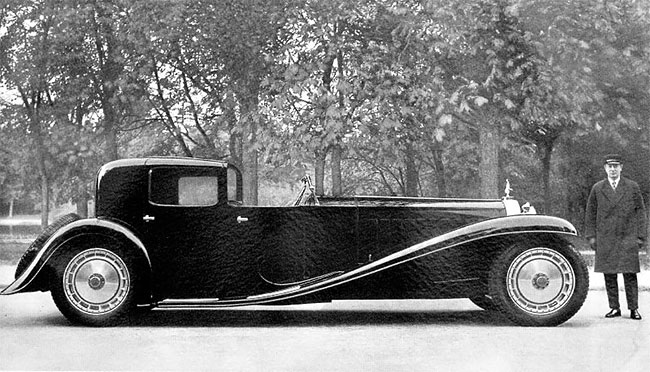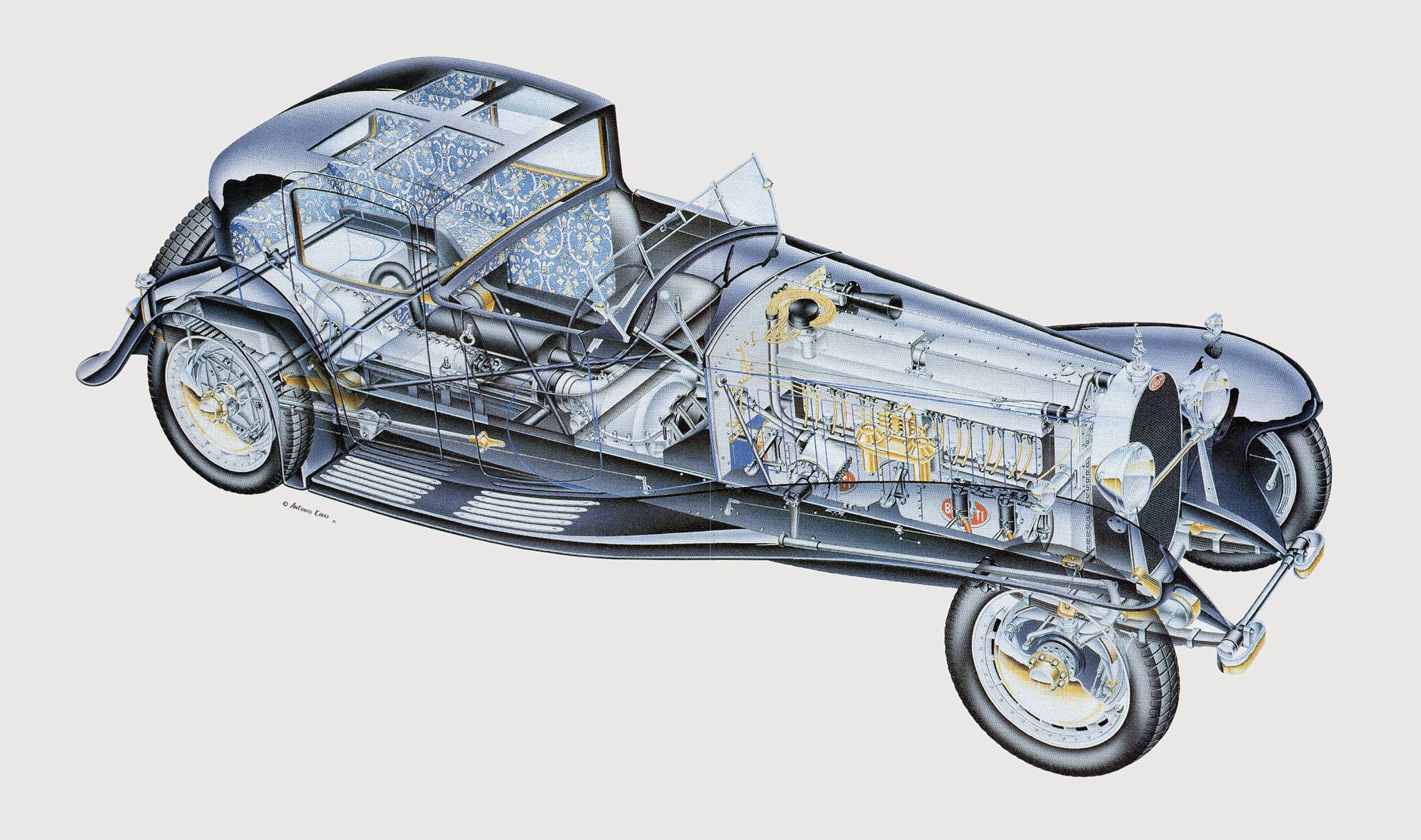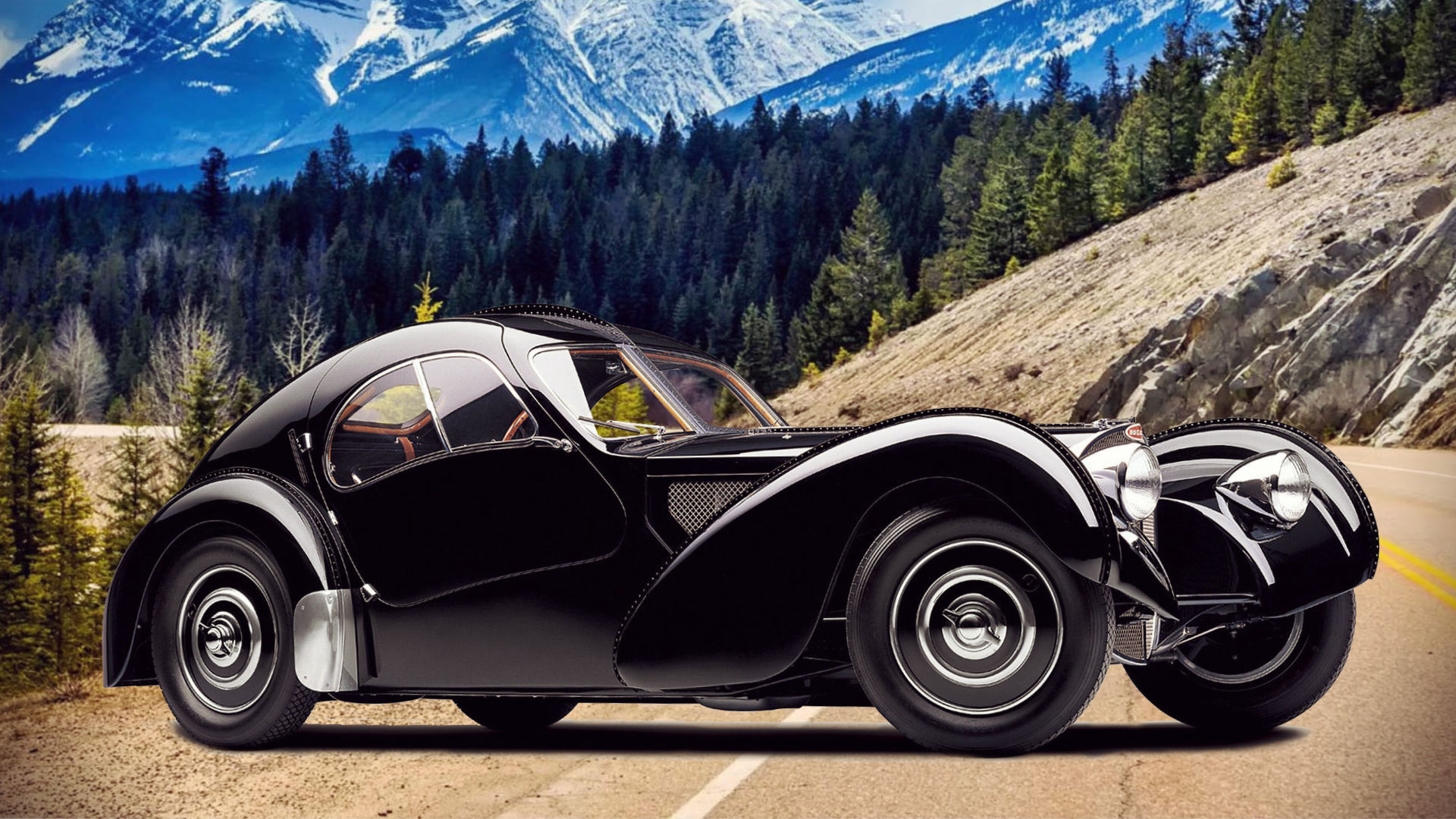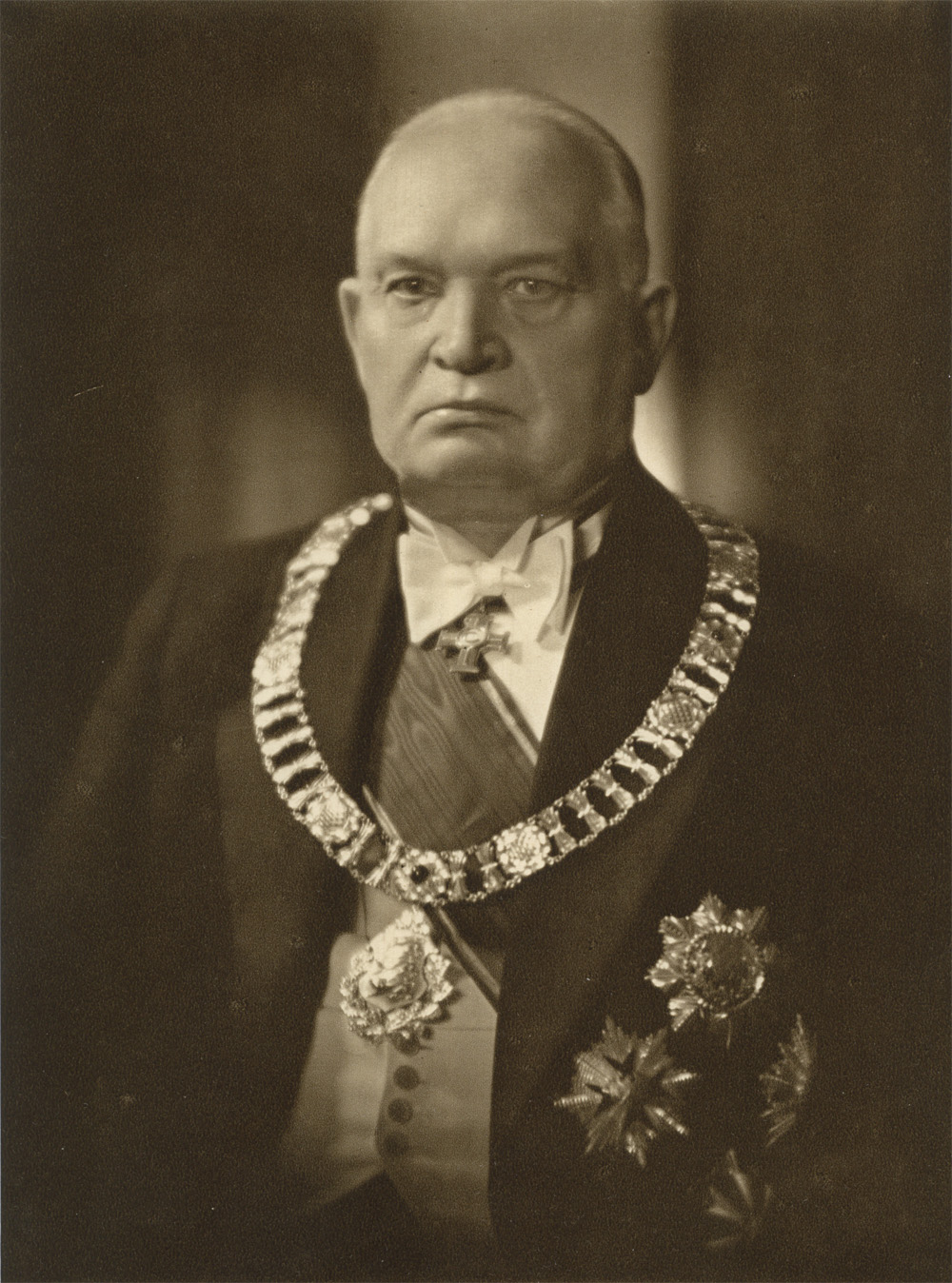More than the polished parts and hard to find pieces, the special interest vehicles people collect embody the character of each owner. “Cars We Love & Who We Are” profiles individual special interest vehicles and the proud owner committed to its preservation.
Cars We Love & Who We Are #48
It ranks high on the list of last places to look for classic Rolls-Royces and Bentleys. The meandering country two-lane bisects a large expanse of Mechanicsburg, Pennsylvania farmland. Upon cresting a berm saddled with a railroad crossing, the road descends to reveal a well tended but non-descript collection of linked single story beige structures with the character of warehousing. Au contraire, one has arrived at the Rolls-Royce and Bentley Museum and home to the Rolls-Royce Foundation and Rolls-Royce Owners’ Club. Much like an automotive Clark Kent there is far more here than first meets the eye.
On this particular clear and crisp late autumn day turning into the front parking area reveals an array of vintage and classic Rolls-Royces and Bentleys. One in particular snags the eye and demands greater scrutiny. A striking black and silver open wheel hot rod sporting a Bentley Flying “B” vibrates in place, poised to launch.
Meet the Black Adder VI Bentley Special.
The Black Adder VI, an Outrageous Hot Rod Bentley

Alex and Elaine in the Black Adder VI
Daresay that the chances approached nil. Surely Baron Henry de Blonay of Villa Favorite in Chembésy, Switzerland never thought about it at all. What were the chances that his new 1947 Bentley Mark VI would, 70 years later, be a cycle fendered, open cockpit hot rod named after a poisonous viper and seen cruising the back roads of Mechanicsburg, Pennsylvania.
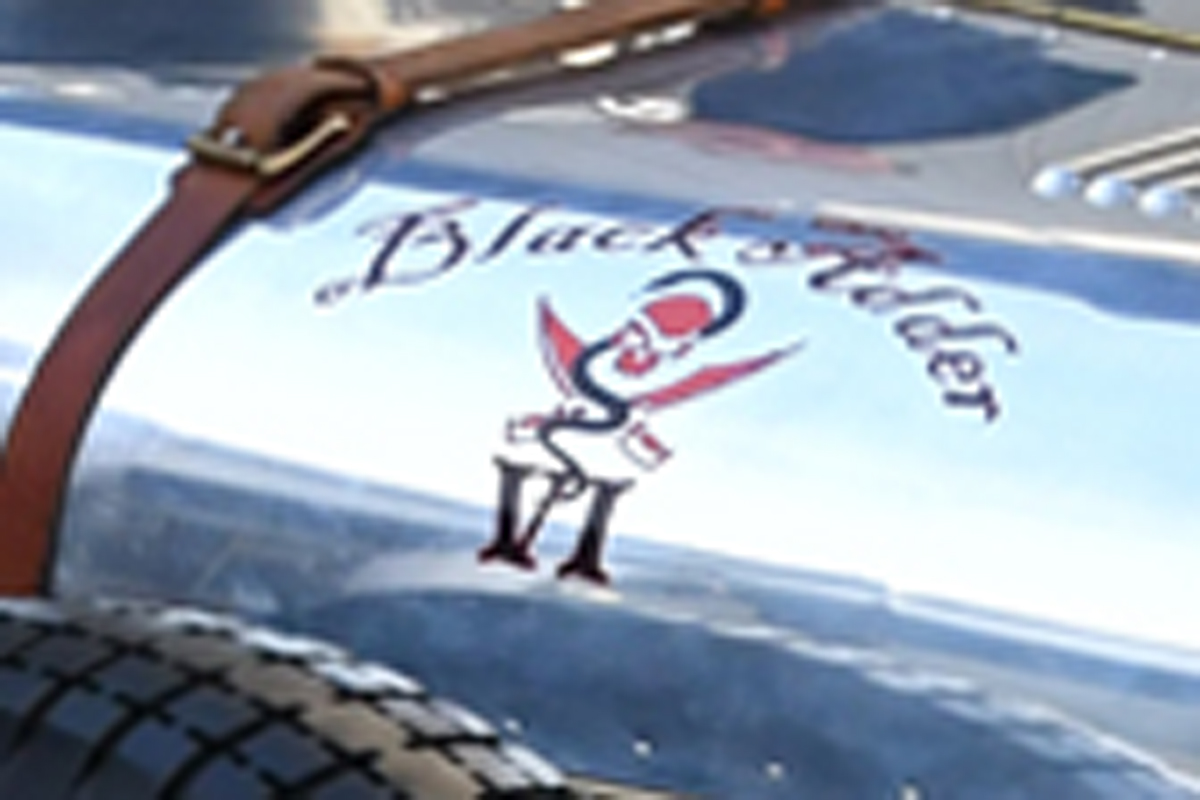
While tracking ownership history of early postwar Bentleys ranks high on the frustration scale, much of the Black Adder’s last 75 years is known. Most of it resides in Mechanicsburg, PA.
My friend Henry Uiga greeted me. A Rolls-Royce owner, club member and Drivin’ News reader, Henry had extended Drivin’ News an invitation to the Rolls-Royce Club’s monthly Volunteer Saturday. On this scheduled day club members gathered at the Museum to service the Rolls-Royce and Bentley vehicles in the collection. Watching the members in action quickly dismissed any preconceived notions of an elitist membership dominated by the white glove crowd depicted in the iconic Grey Poupon Mustard ads. The men and women present and immersed in their hands-on work displayed a hardy respect for the 100 plus-year heritage of Rolls-Royce and Bentley automobiles including that featured in the fabled mid-century “Loudest thing is the clock” ads.
As I entered a workshop lined with vehicles representing a century of British engineering excellence, I had found Henry working on an open wheel roadster the likes of which I had never seen. It sported the Bentley Flying “B.”

Displaying an apparent Dry Lakes Racer/T-Bucket inspired visual execution and chassis number B46AK, this right-hand drive Bentley hot rod pleased the eye with a striking livery of a black passenger tub with saddle tan interior, black cycle fenders and silver aluminum bonnet. With Brooklands Type Racing Screens, leather hood straps and an athletic stance, this well conceived custom execution represented a consummate example of a breed of collectible Bentley, the modified Bentley “Special”.”
Starting life as what might be described as the entry level 1947 Bentley Mark VI, the Bentley Special concept came to life in the early 1960s. At that time, the poor quality sheet metal used in the early Post WWII Mark VI had almost universally fallen prey to the tin worm. In sharp contrast, owners found their Bentley Mark VI’s seriously deteriorated steel bodies to be mounted on rugged and reliable chassis with an equally capable drivetrain.
As a restored Mark VI did not possess a high value comparable to a Rolls-Royce Phantom or a Vintage Bentley, owners saw little merit in committing large sums of money to the restoration of a rusted hulk. However, the Mark VI did possess a rugged drivetrain and chassis pretty much regarded as bulletproof. The solution? Re-body and upgrade the remaining chassis to create a “Special” that reflected the personal tastes and interests of the individual who commissioned the restoration.
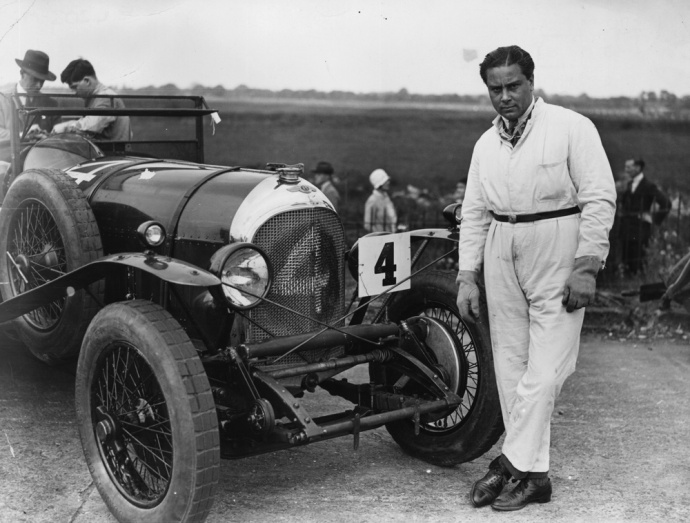
Woolf Barnato
Starting around 1963 in the UK, Bentley Specials became very popular. Many of the first re-creations emulated the vintage racing Bentley’s of the late 1920s and early 1930s. During that period Bentley had made its name in competitive motorsports with numerous victories including multiple wins in the 24-Hours of LeMans. At the same time, this period witnessed the heyday of adventuress part-time drivers, more sportsmen than professionals. They became known as gentlemen-drivers who would race their cars at the track and then drive the same cars home. Their ranks included Bentley drivers like Woolf Barnato, John Duff and Glen Kidston. These men, though not professional drivers, piloted Bentley’s to many impressive victories in the 1920s and 1930s earning them the name, the “Bentley Boys.”
Bentley “Specials” today offer non-professional drivers great enjoyment in vintage racing as well as rallies and tours. Utilizing open style bodywork and Bentley sourced performance upgrades, one prominent auction house states, “We admire these MK VI Specials, and think they best represent what a true British gentleman might create in lieu of an American hot rod.”
To get the real story behind the Museum’s chassis number B46AK Black Adder VI Special, Henry directed me to Mark Lizewskie, the Executive Director of both the Rolls-Royce Owner’s Club and the Rolls-Royce Foundation. Mark said, “As with all the vehicles in our collection this Special came to us as a donation. Presented to us by the married couple of author, military historian and decorated Special Forces veteran James Stejskal and Ms. Wanda Nesbit, a United States diplomat and career Foreign Service Officer. the Black Adder VI entered the collection in 2017.”
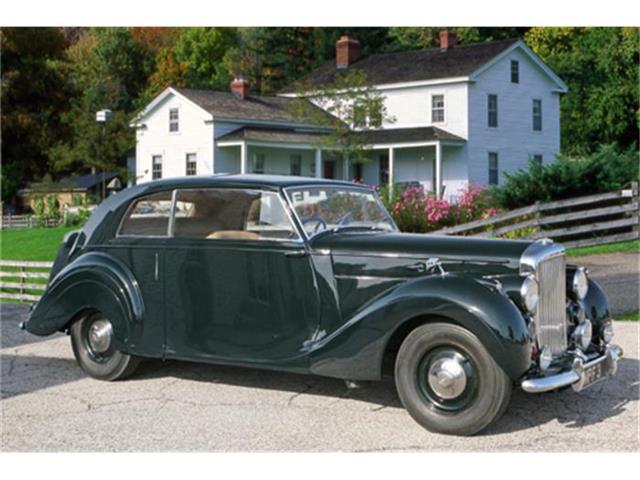
James Young Coupe bodied Mark VI
The record seemed to indicate that chassis number B46AK started life in 1947 as a James Young Coupe bodied Mark VI. The subsequent search for any records covering the next 25 years drew a blank. Fortunately its history resurfaced in the 1970s when Johnard Engineering, located in Blandford, Dorset UK, re-bodied B46AK as a Bentley Special. Johnard possessed considerable renown for the superior technical and aesthetic execution of its Bentley Specials. Elton John owned one and another finished 4th in class in the 1997 Peking to Paris Challenge.
The 21st century saw B46AK experience a second re-bodying by the late Victor Yordy of Metal Works in Dewart, Pennsylvania. Many regarded Yordy as an artist who at times would create new art in the form of an automobile. B46AK’s beauty extended beneath the skin with all mechanicals undergoing a comprehensive performance upgrade by the Rolls-Royce specialists Pierce Reid and Billings Cook at The Vintage Garage in Stowe, Vermont. Billed as purveyors of superlative engine rebuilding, mechanical restoration and service since 1963, the end result affirmed their reputation. And so, the Black Adder VI came to life. As reported in The Flying Lady, “ The Black Adder VI is a formidable performer, with 90+ mph available in third gear alone; no one is exactly sure what the top speed is on this car. Equally at home on the track or on the road. It is in outstanding condition and a formidable performer. In short it embodies everything a Bentley Special should be.” In 2015 it received a Touring Class award at the RROC Annual Meet.

Mark in describing some of the technical upgrades said, “As with all Specials it reflects the owner’s specific taste and preferences. Mark continued saying, “It’s certainly not original. And after all, that is the point of a Special.”
In enhancing the original Bentley 4.3-liter inline 6-cylinder, the Black Adder features an R-type Continental big valve head and highly desirable R-type Continental manual center shift gearbox. Mark added to the list saying, “It’s upgrades include disc brakes, larger SU carburetors and numerous drivetrain tweaks.” As to the actual engine and performance specs, Mark says, “It has never been on a dyno. But, together with the engine upgrades and the significant weight reduction due to the open cockpit re-body, performance has improved significantly.” Interestingly no base performance figures exist as Rolls-Royce/ Bentley never would publish them. With true British reserve, the corporate answer to questions about horsepower and performance was, “Adequate.”
Now came the time to bring the Black Adder out to play. Climbing behind the wheel would be Foundation volunteer Alex Sharpe. Alex said his lean physique, comfort with the right-hand steering and the four-speed found him taking the Black Adder out with the greatest frequency.
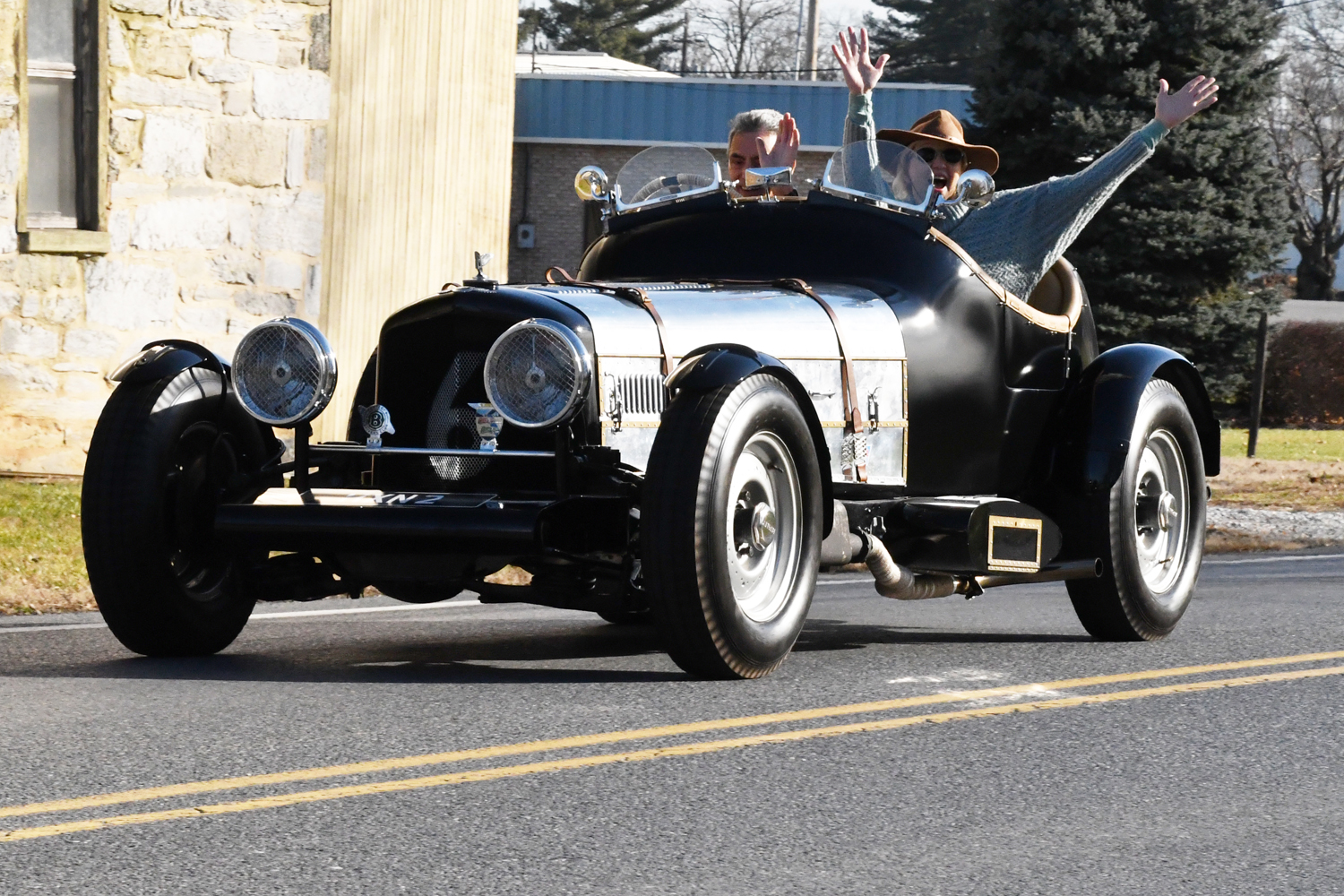
Elaine, my partner in crime, would be taking the passenger seat for the test drive. She noted that the interior while very nicely trimmed did feel quite confining. She said, “The tiny doors provided minimal easing of entry. I am glad I do a lot of yoga otherwise getting in and out would be a challenge.” In referring to my size twelve feet she just shook her head and said, “No way.”
Alex agreed saying, “The cockpit itself is very tight. It’s very shallow at the end so your seating is much more constrained and the relationship between you and the steering wheel is much different than people are used to in a modern vehicle.” Alex continued saying, “You sit tall in the seat with the door top in line with your kidneys. That together with the fact that instead of having a conventional windshield you have the Brooklyn screens makes for a very open cockpit.
Twitchy might be the best word for Alex’s description of the Black Adder’s handling. B46AK’s close coupled design positions the driver just forward of the rear axle while, much like an XK120 (Alex owns and drives one), the front end feels a mile away. Alex said, “It can create a dynamic that produces over steer.” With a wry smile Alex laughed saying, “I have not pushed it to the point where I can confirm my suspicions. I like being a volunteer here.”
In closing, when asked for any other comment he would have on the experience of driving the Black Adder VI Bentley Special. Alex said, “I just can’t wait to get out there and enjoy it more.”
Apparently being snake bit is not always a bad thing.

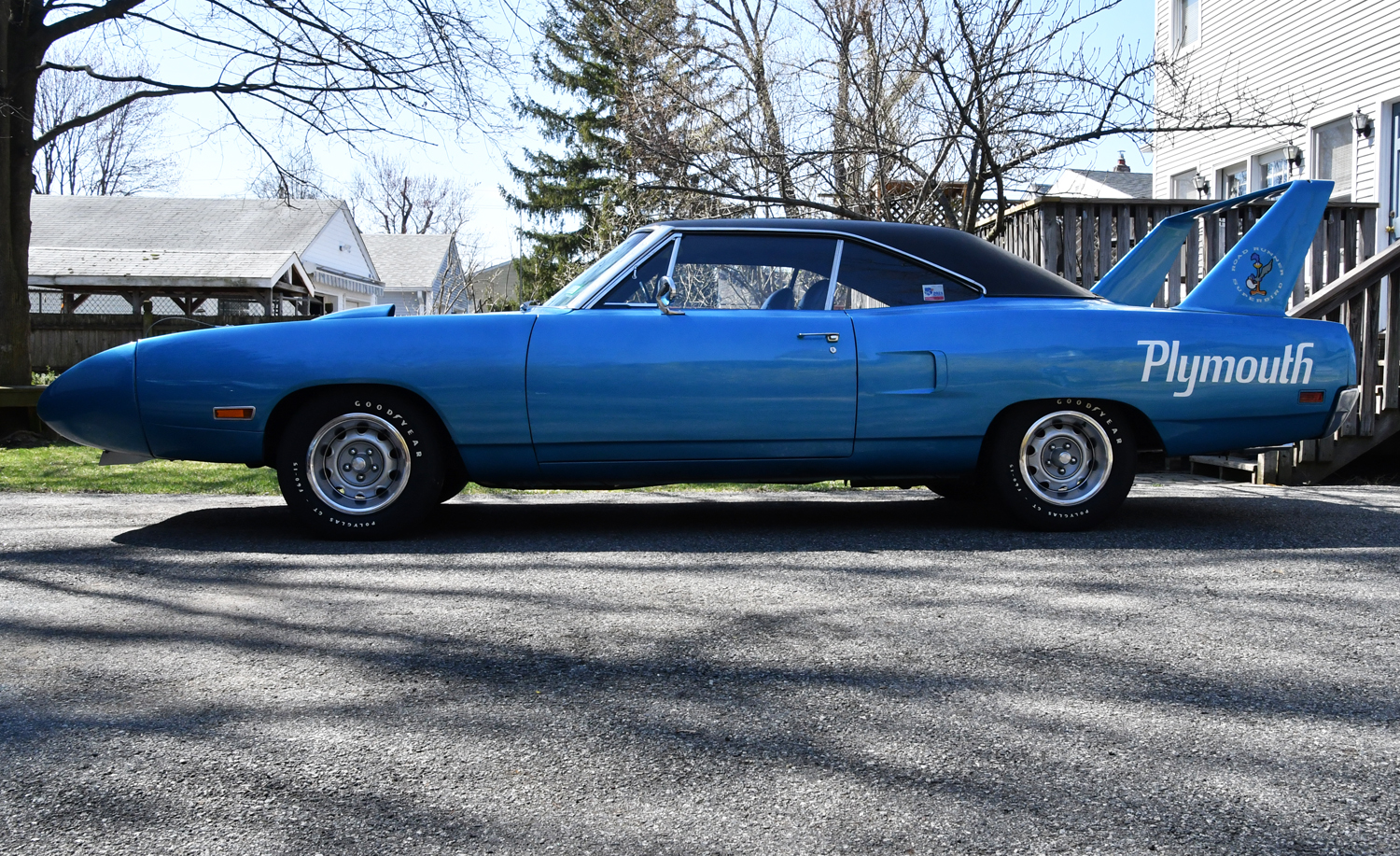
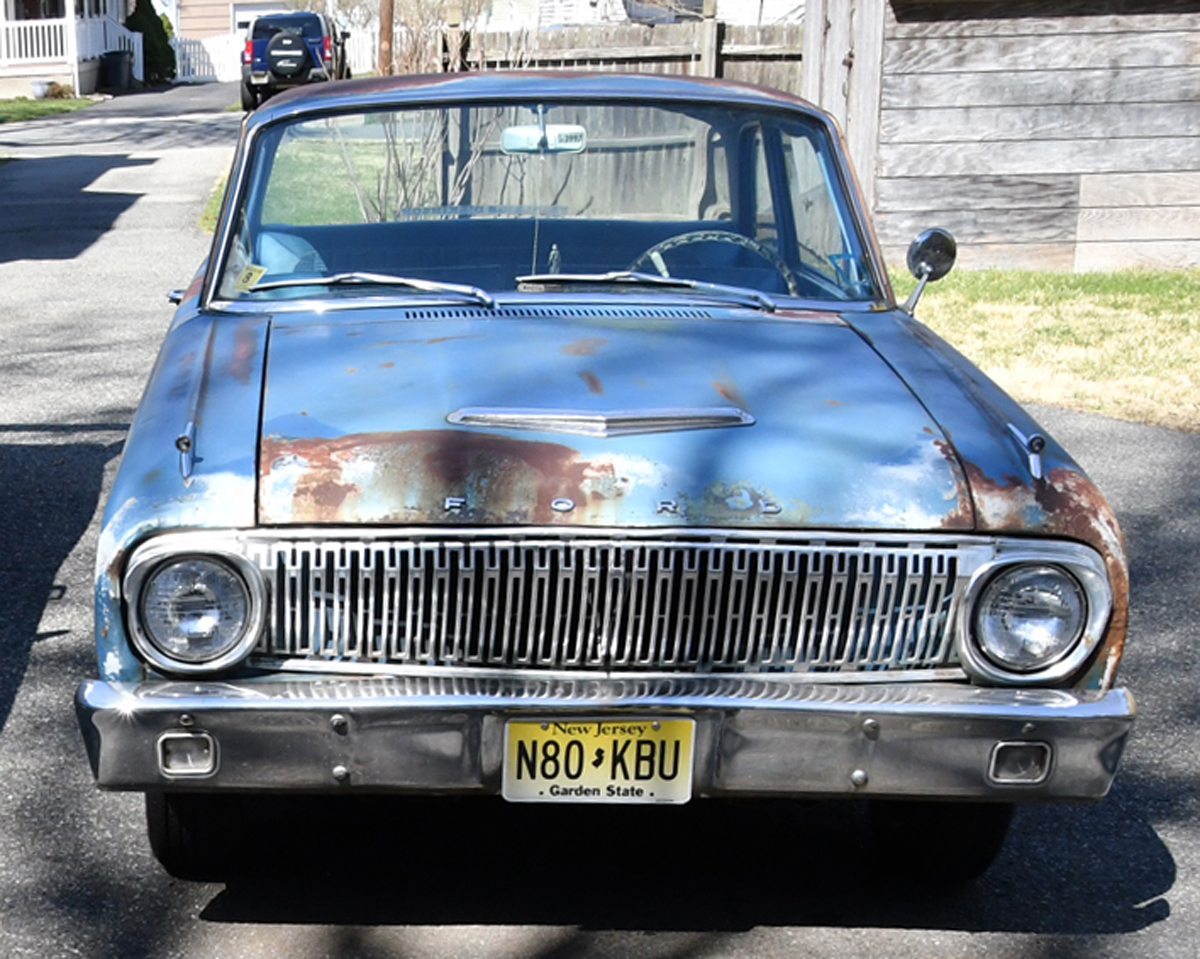 Opening the garage doors reveals a pristine B5 Blue 1970 Plymouth Superbird and a severely distressed 1962 Ford Falcon. Few cars could stand farther apart on the collector car spectrum. Vinny’s Superbird towers as an unmodified, low mileage, highly valued iconic beacon of visually outrageous high performance.
Opening the garage doors reveals a pristine B5 Blue 1970 Plymouth Superbird and a severely distressed 1962 Ford Falcon. Few cars could stand farther apart on the collector car spectrum. Vinny’s Superbird towers as an unmodified, low mileage, highly valued iconic beacon of visually outrageous high performance.
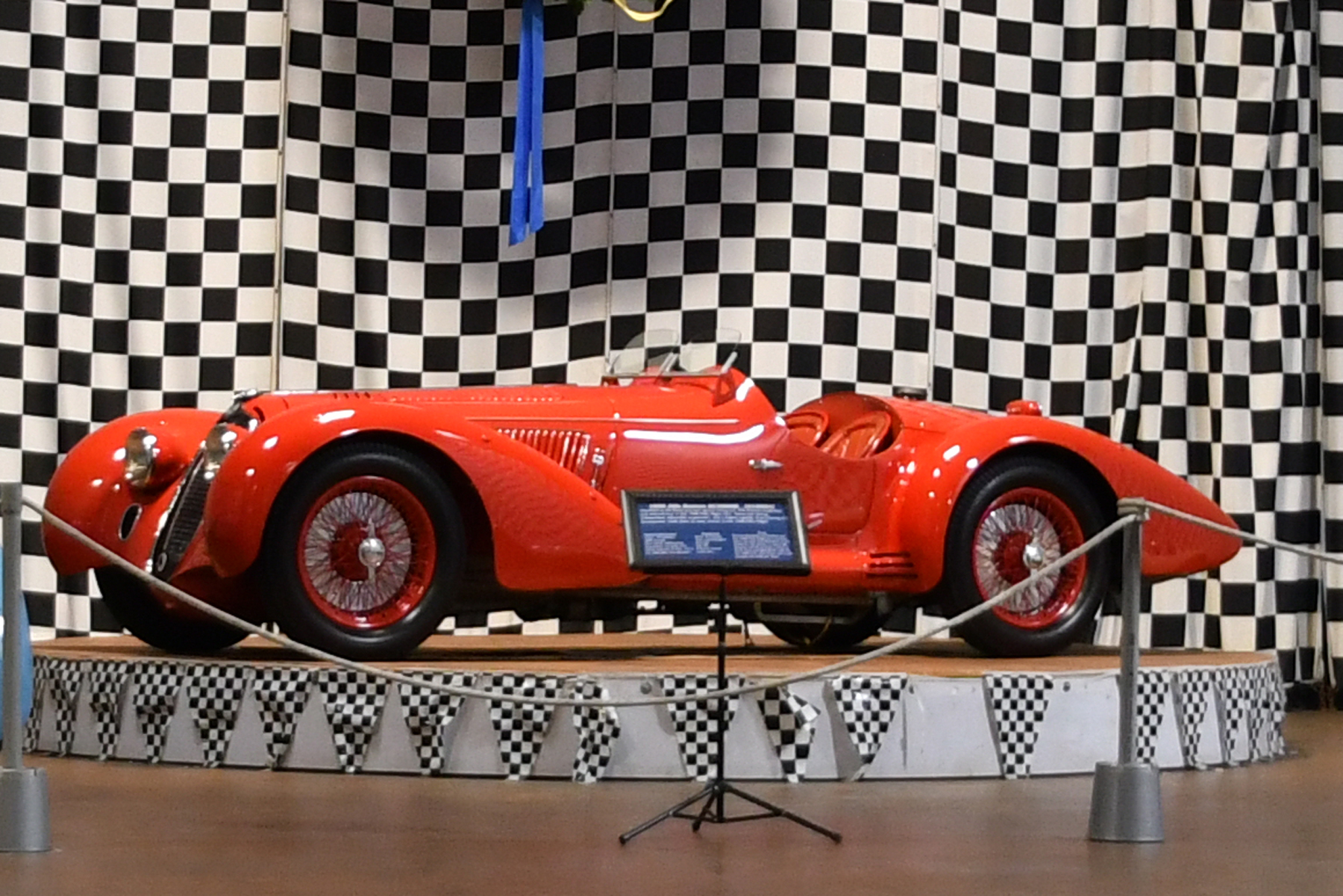
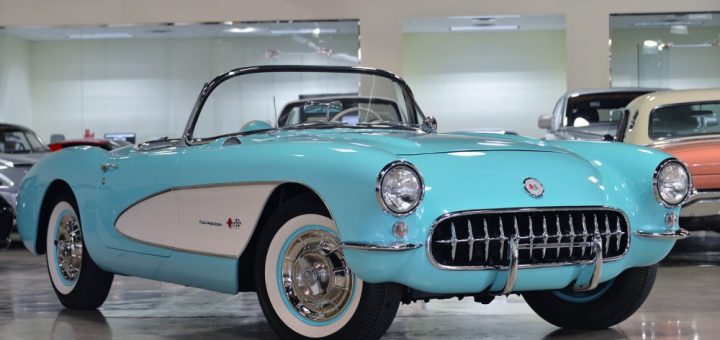
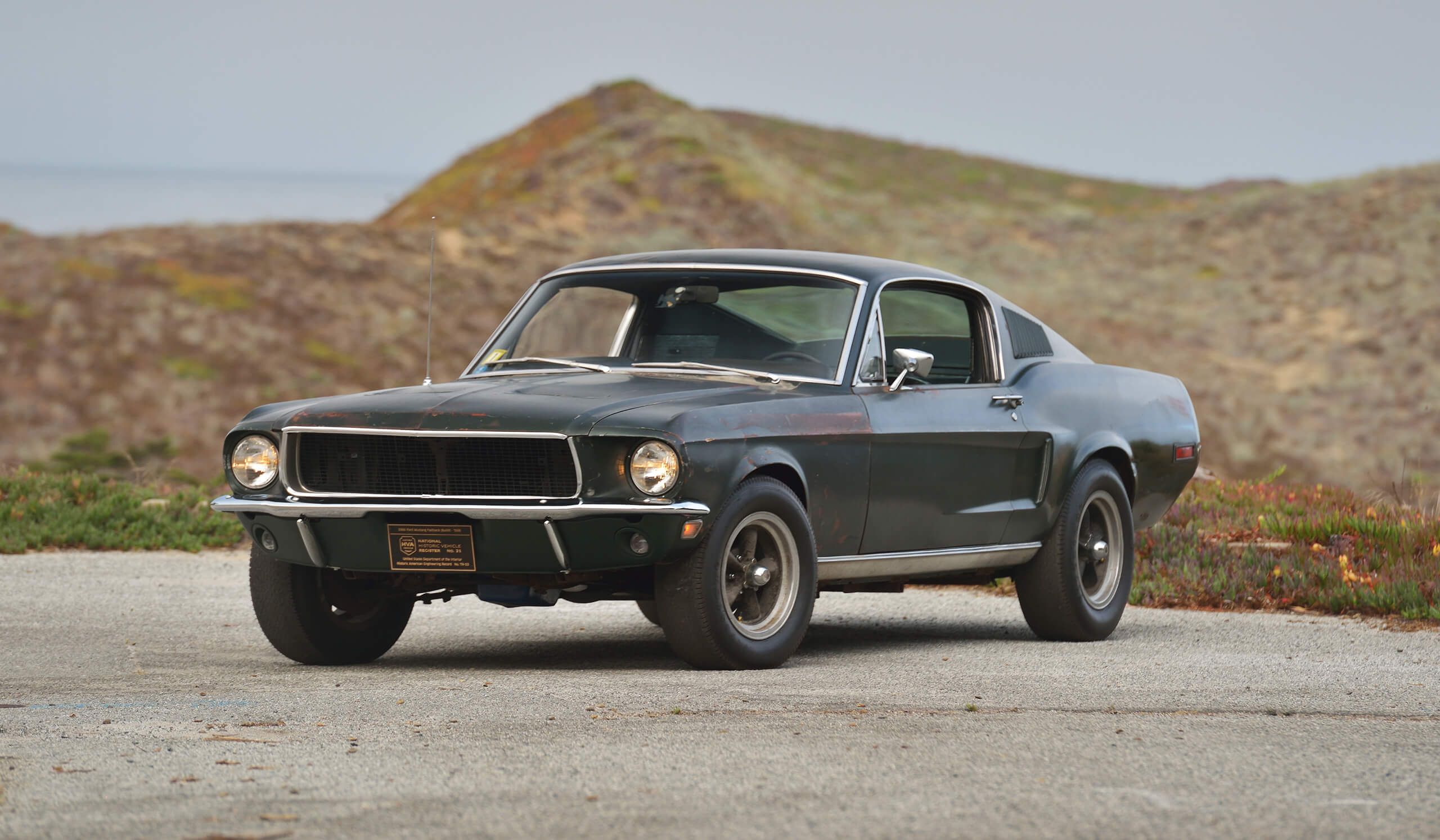

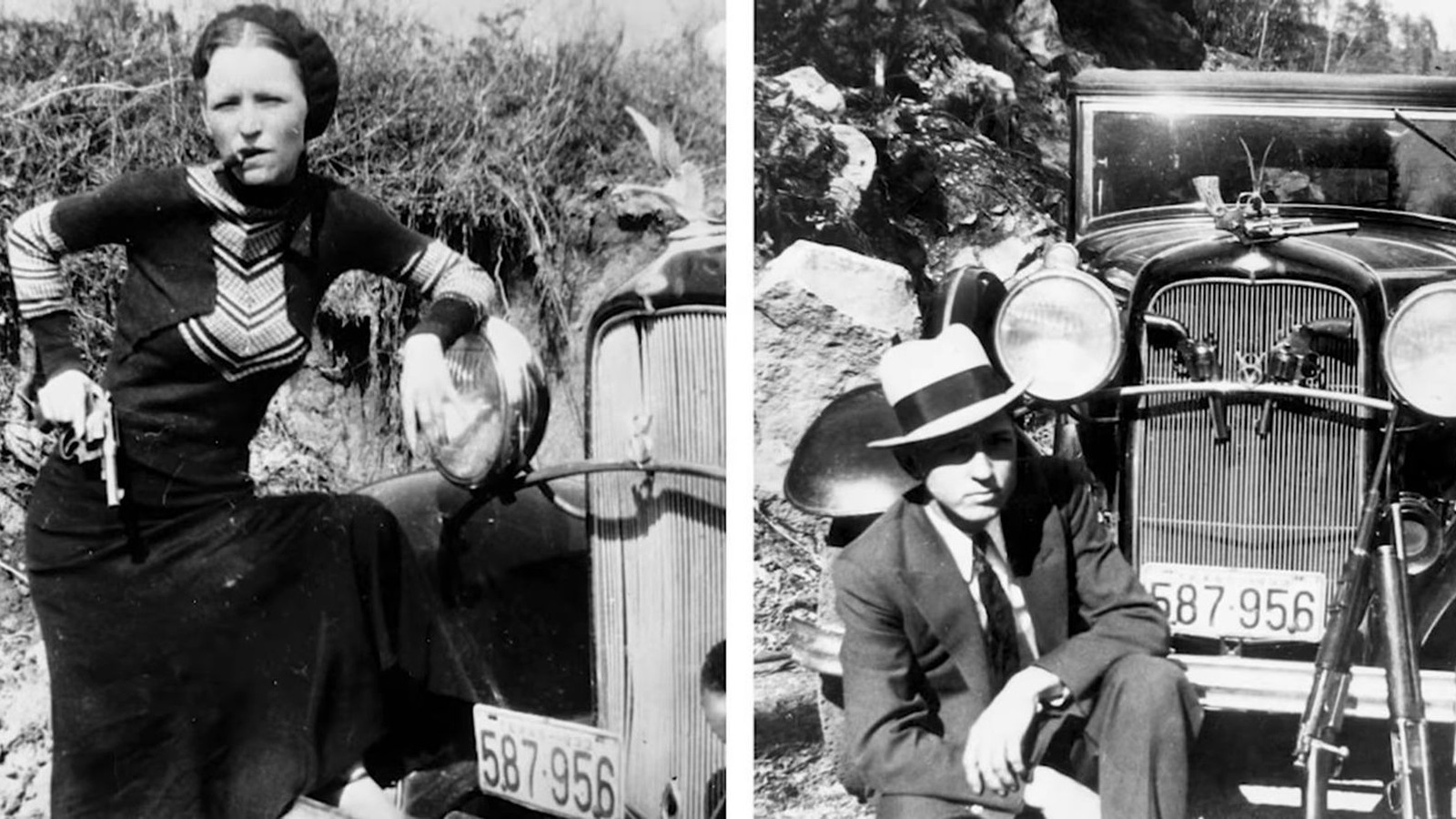
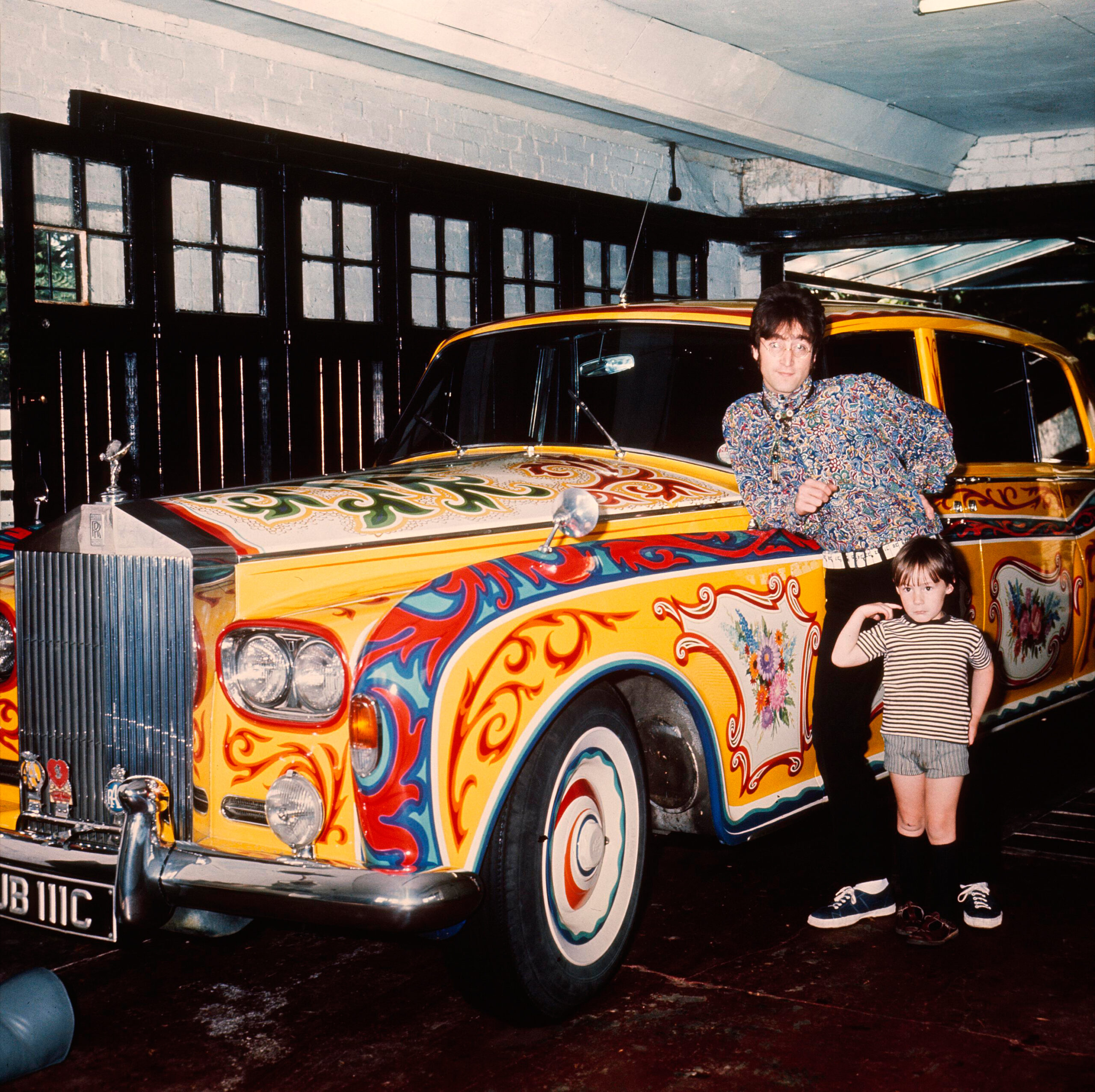


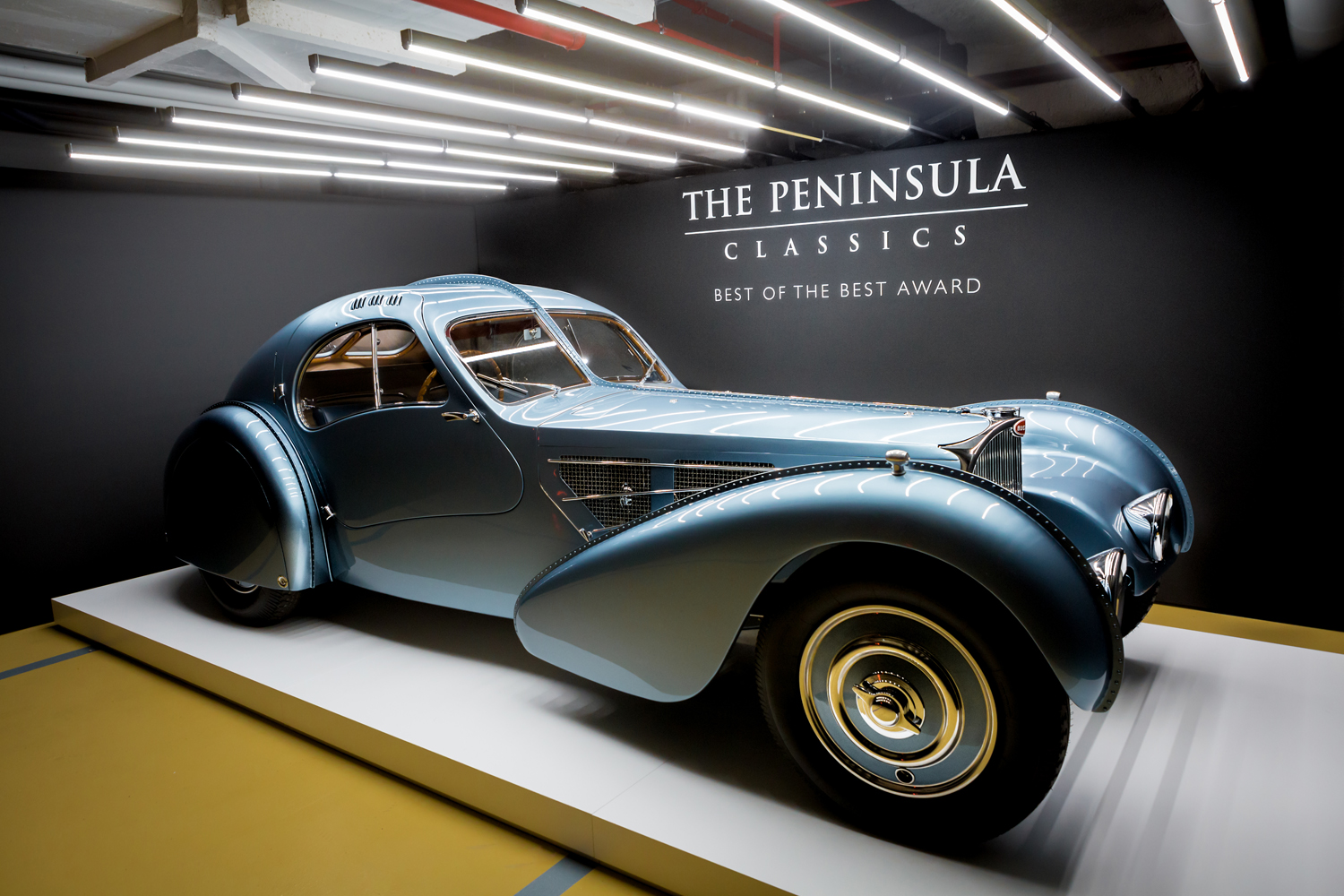

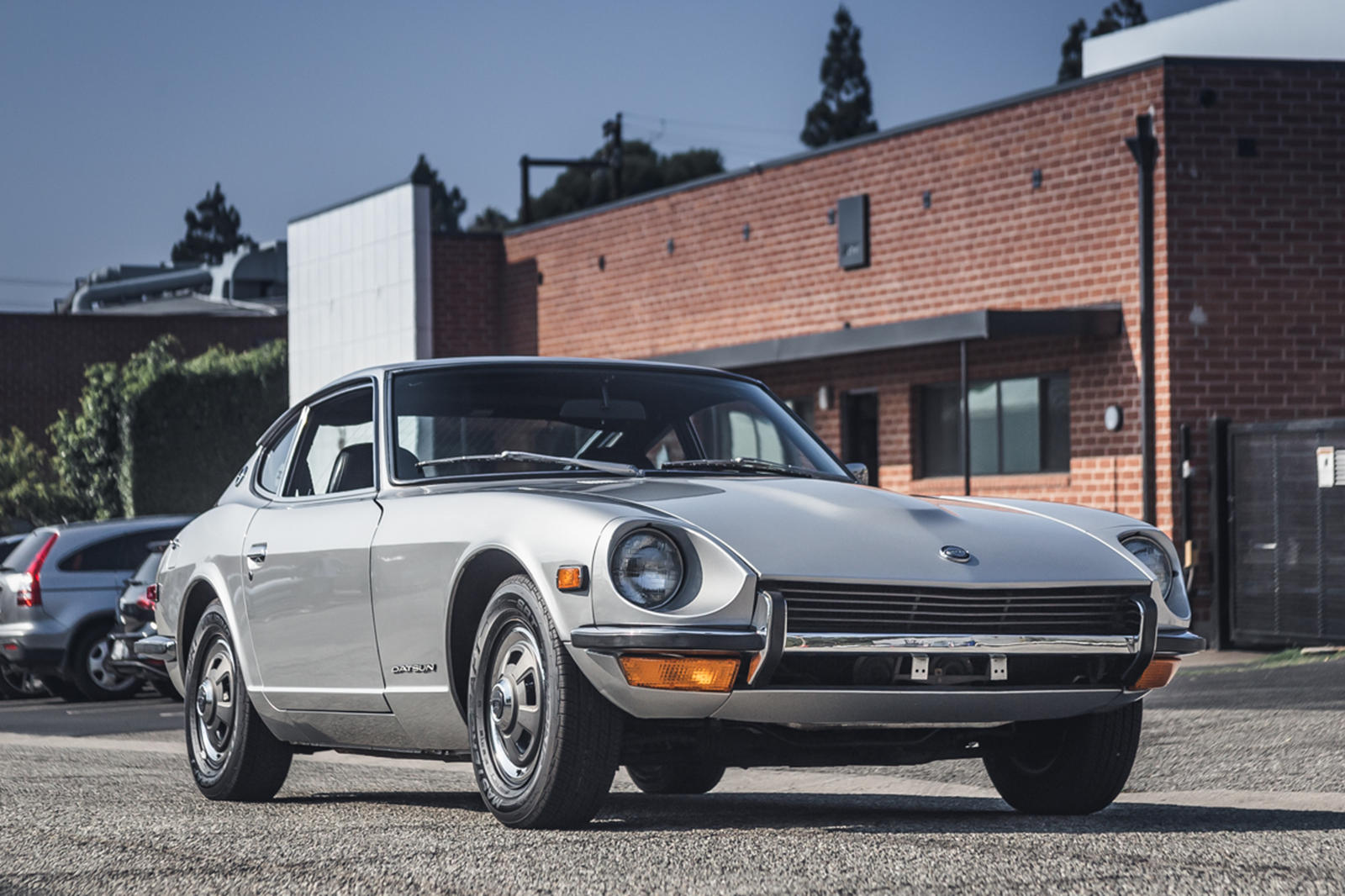




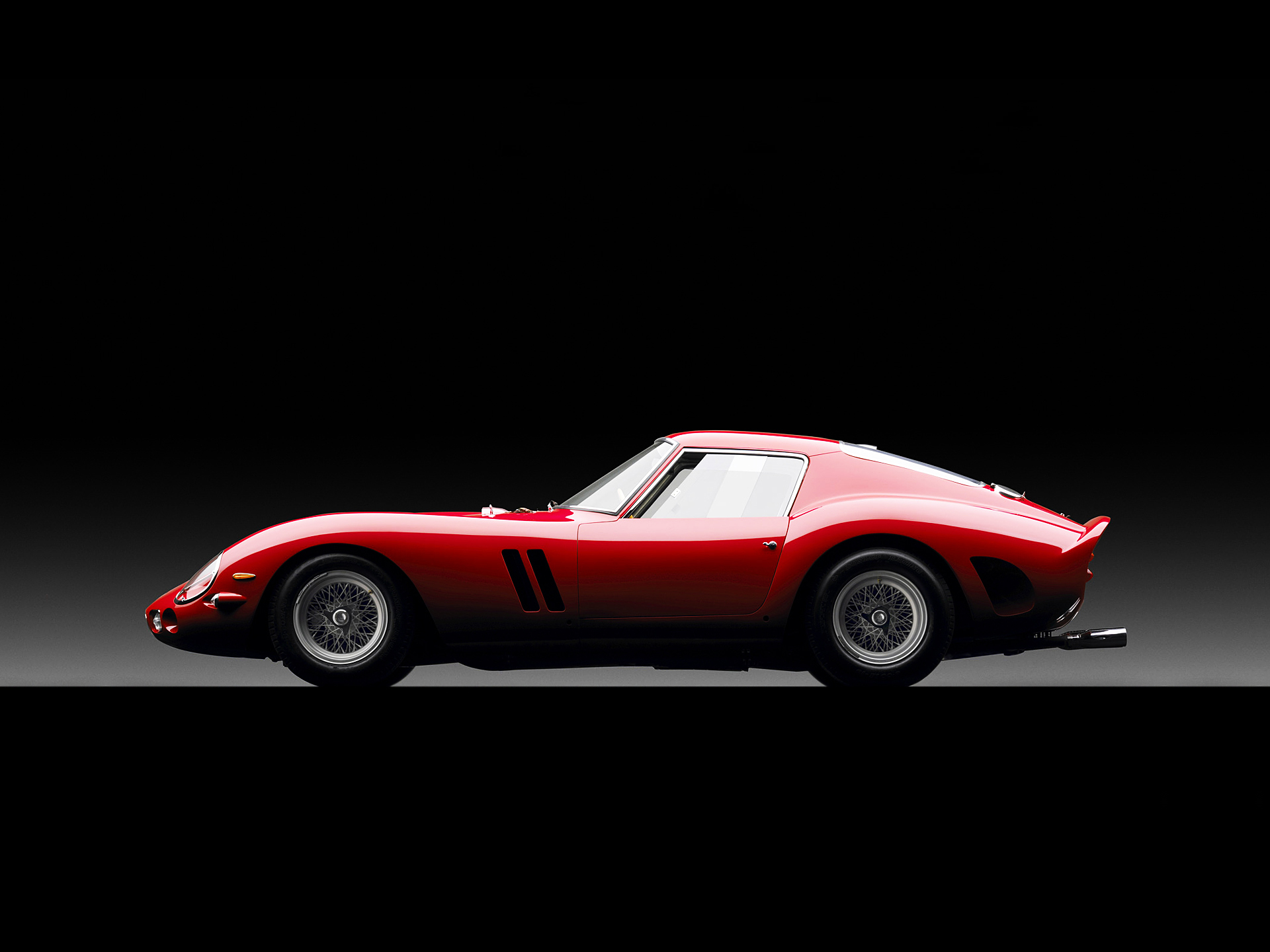
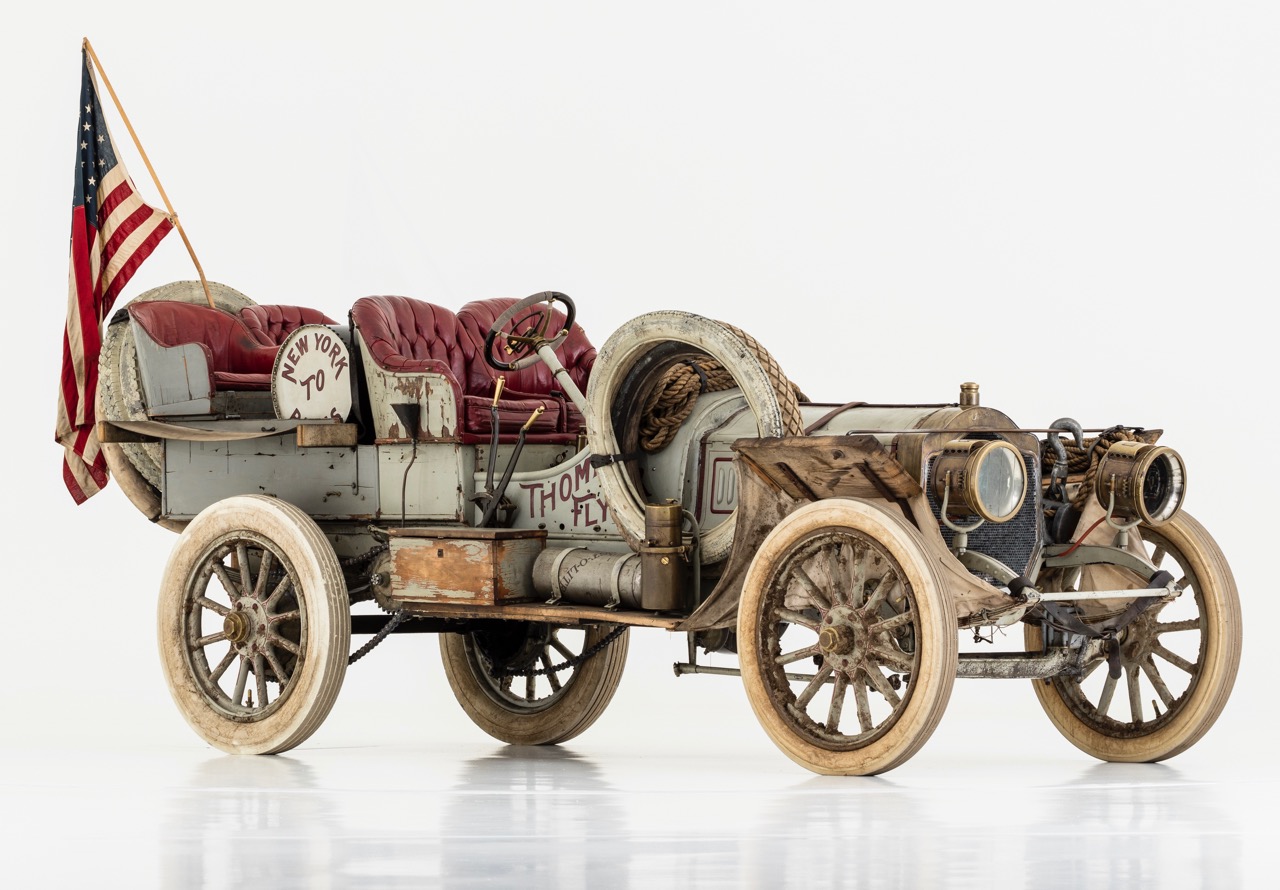
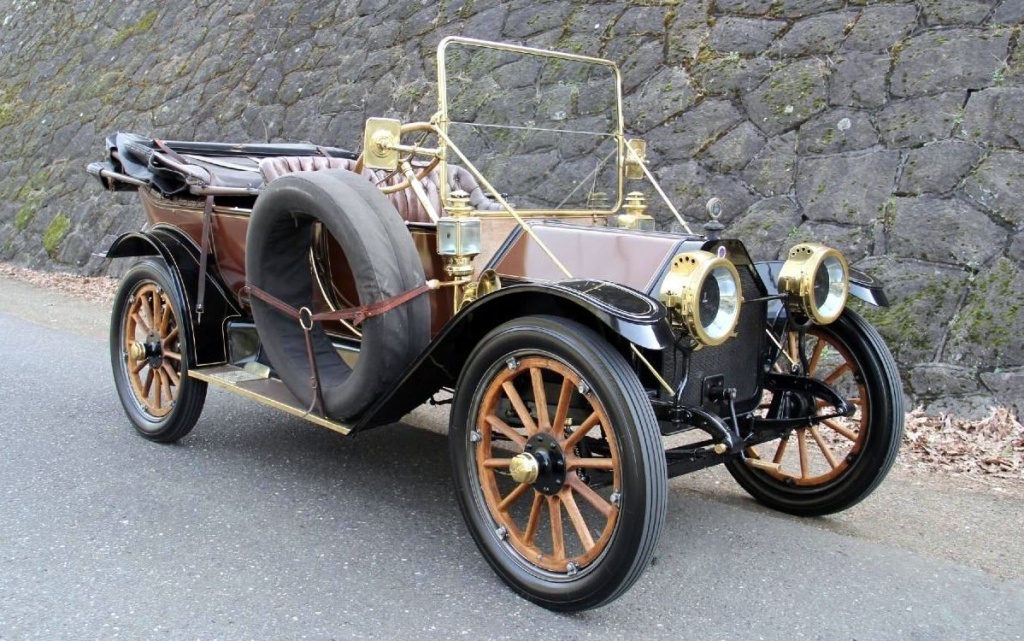
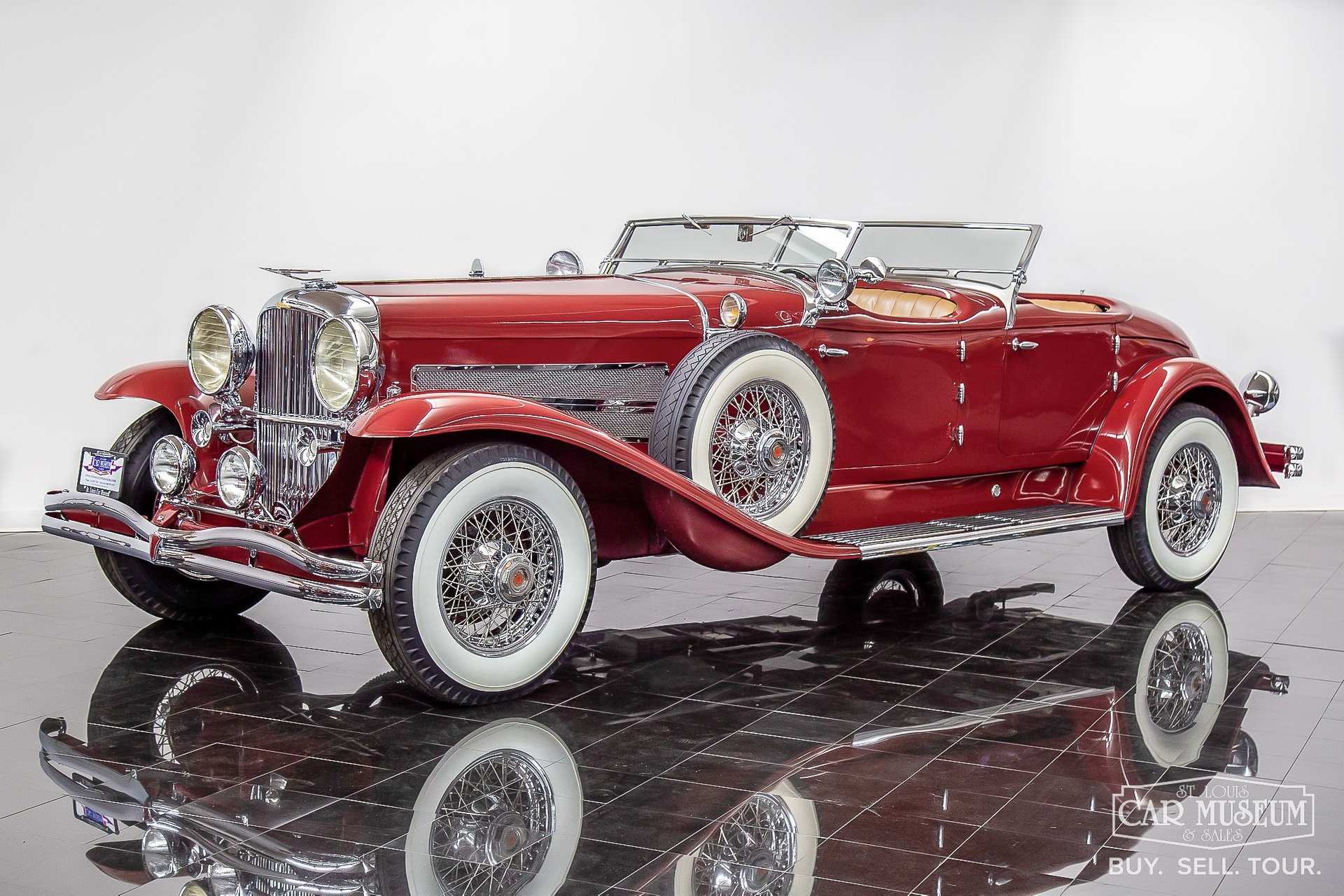
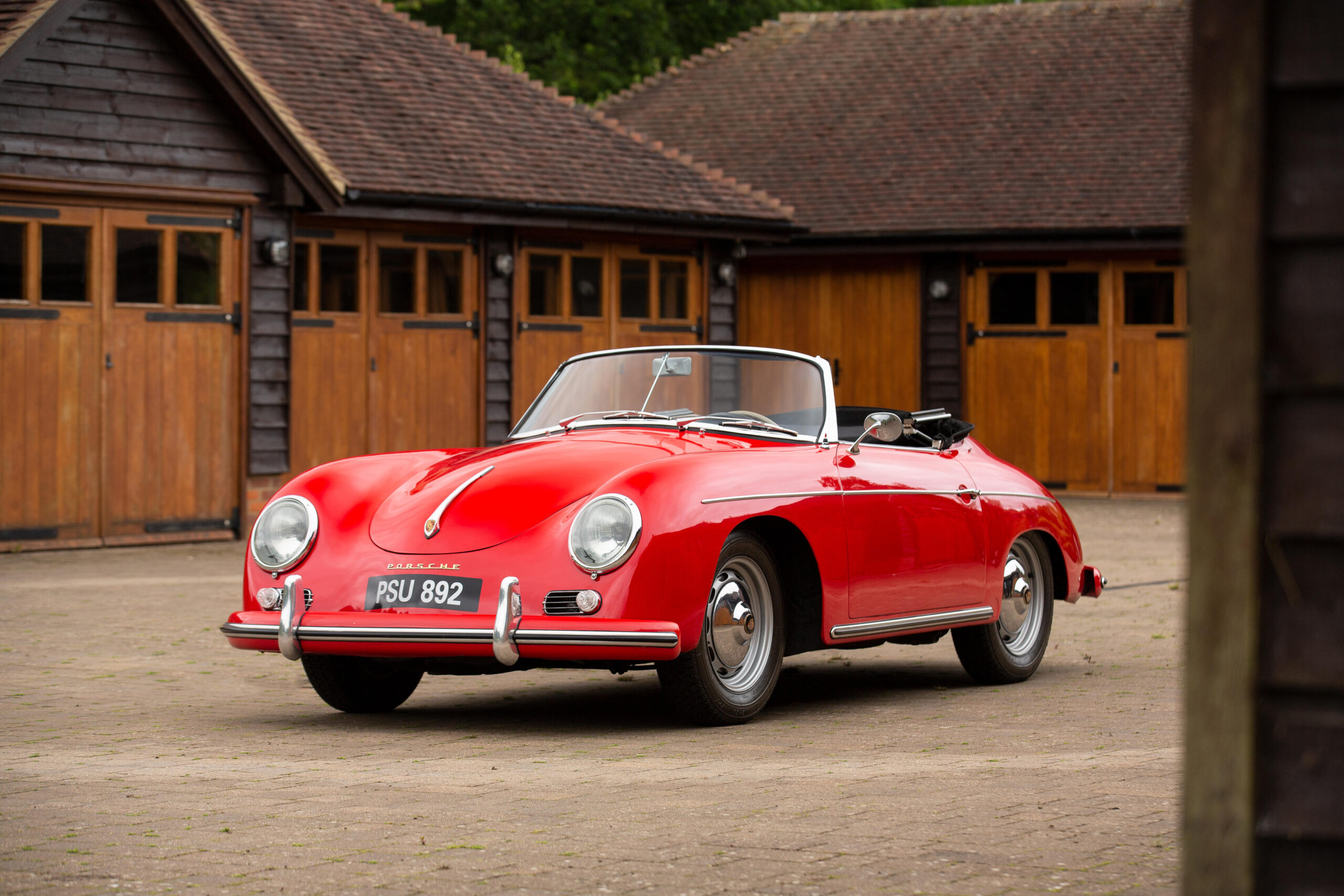
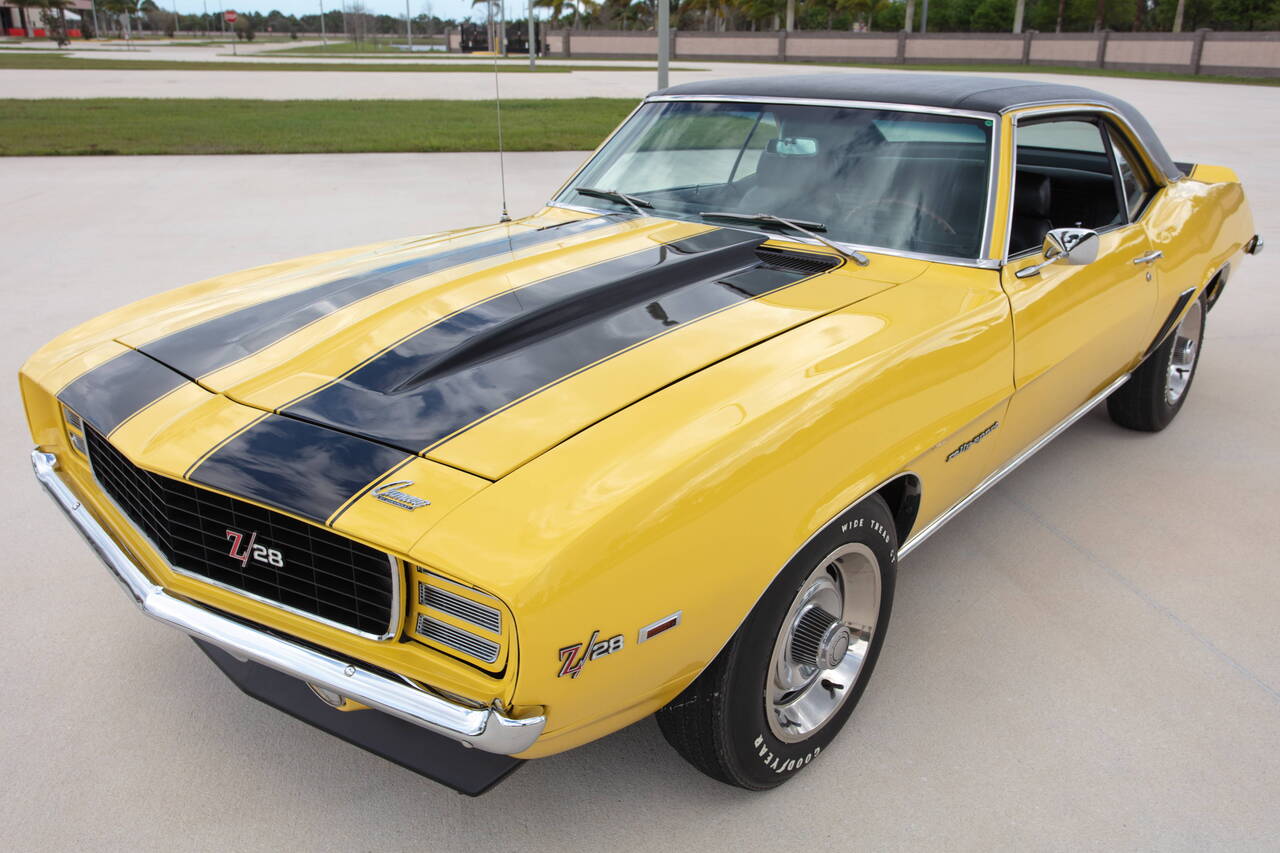
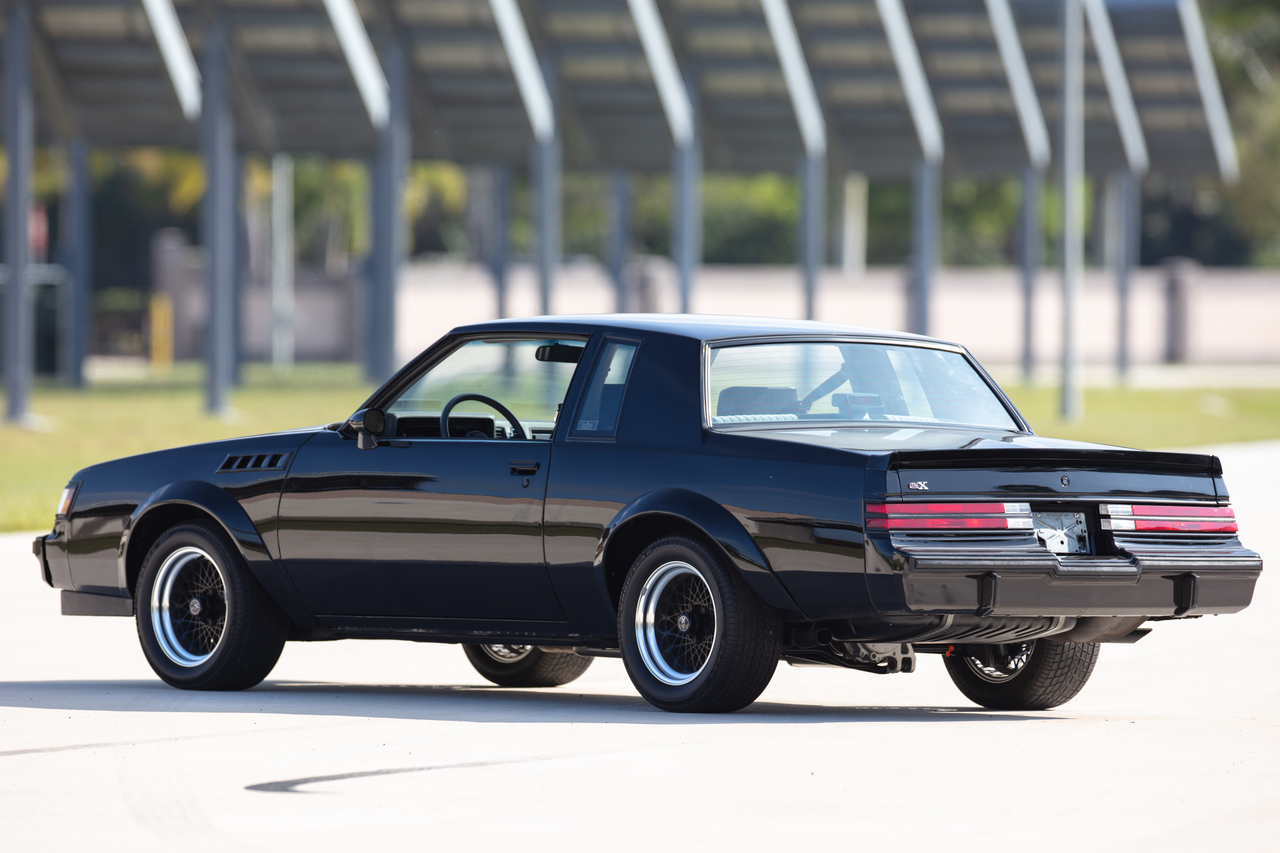


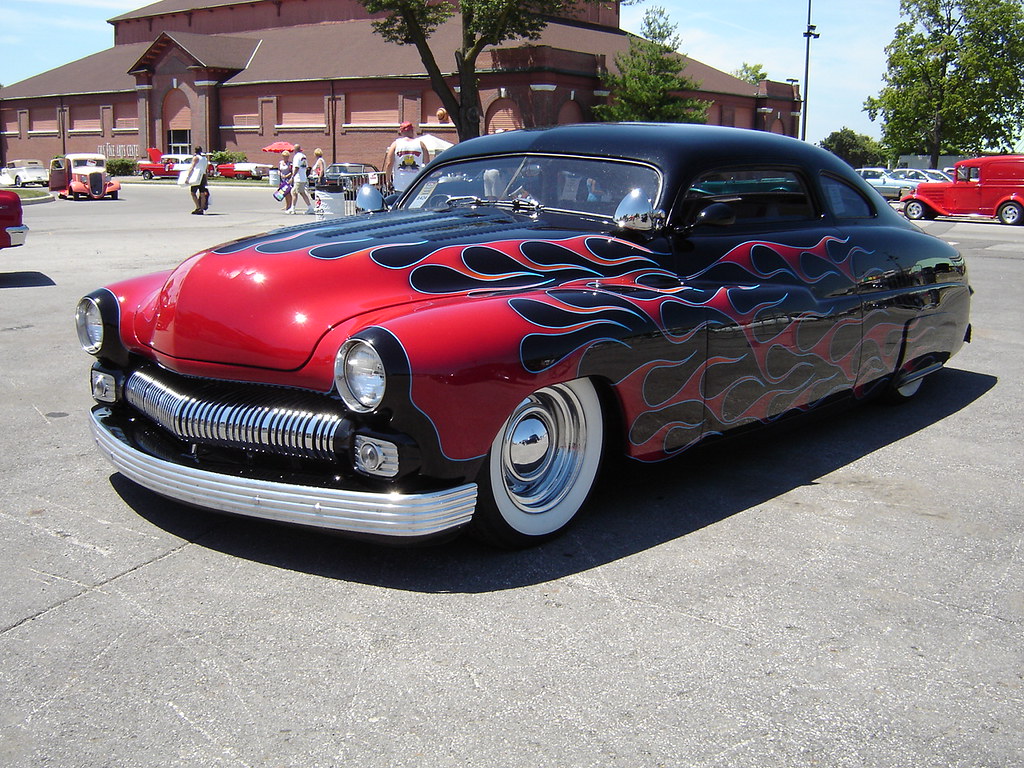


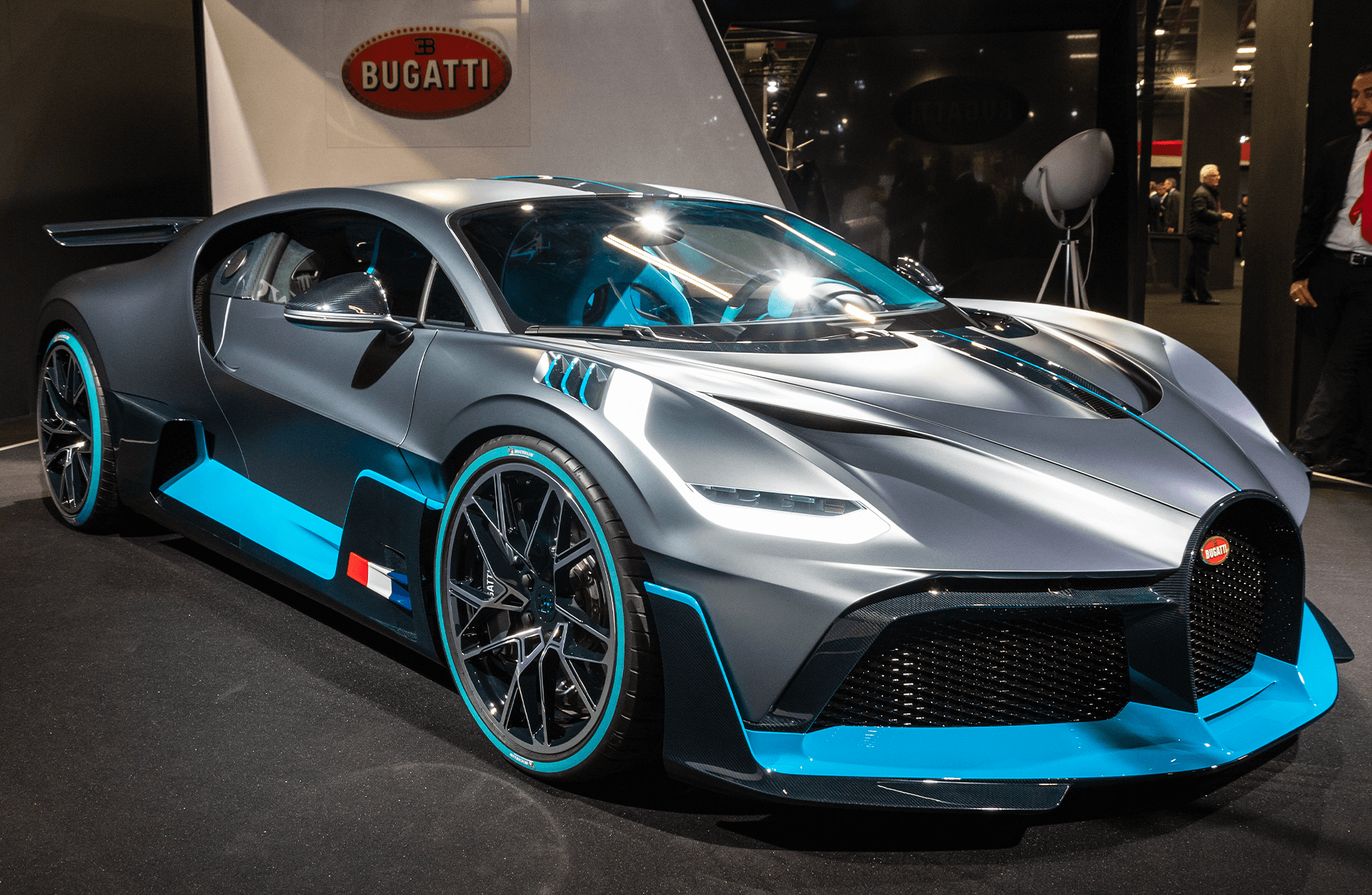
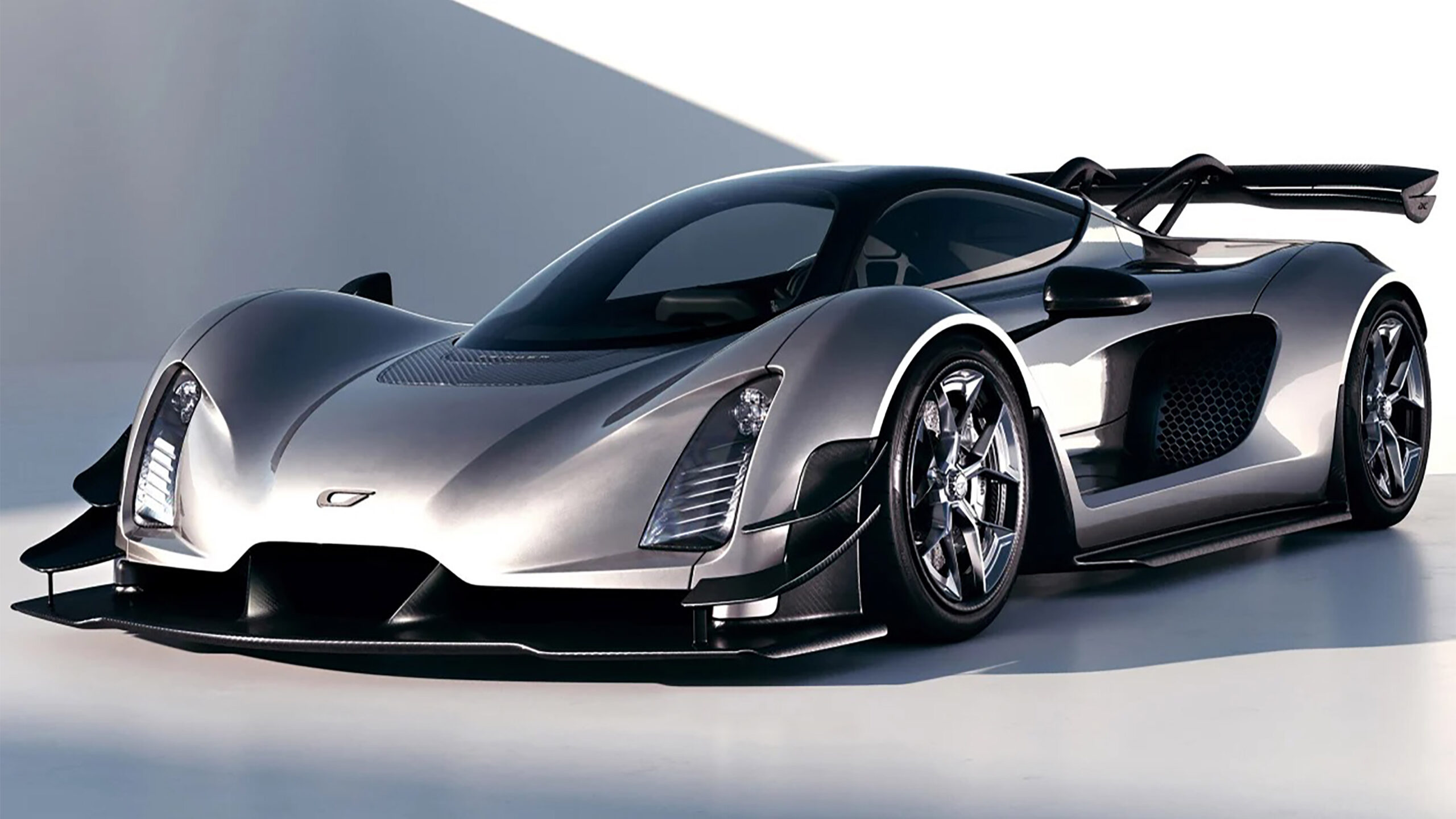
 Basically, emotional appreciation of a car by car enthusiasts translates into monetary appreciation in the car’s value. Thus defines the difference between a Collectible Car and a used car.
Basically, emotional appreciation of a car by car enthusiasts translates into monetary appreciation in the car’s value. Thus defines the difference between a Collectible Car and a used car.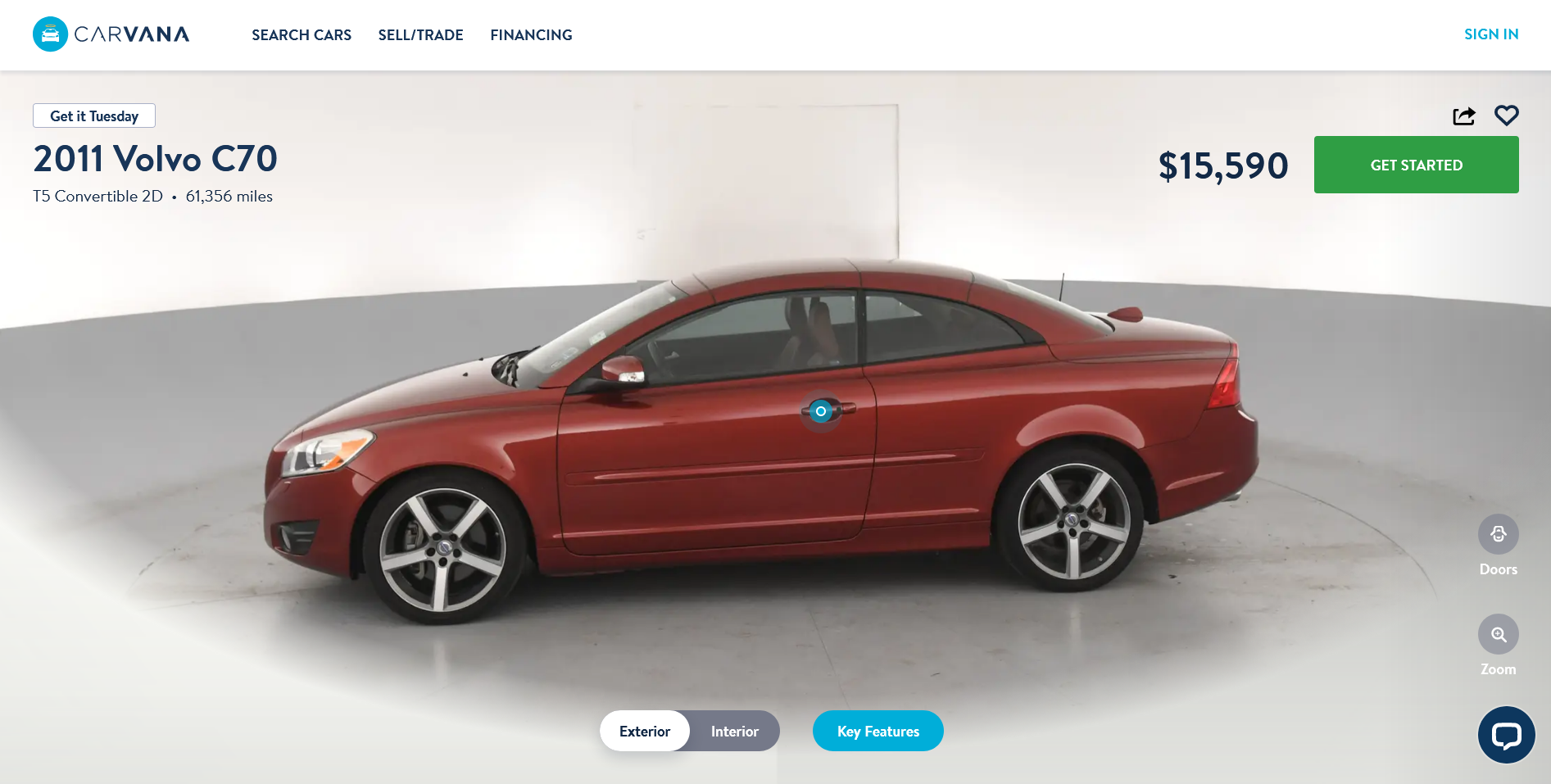
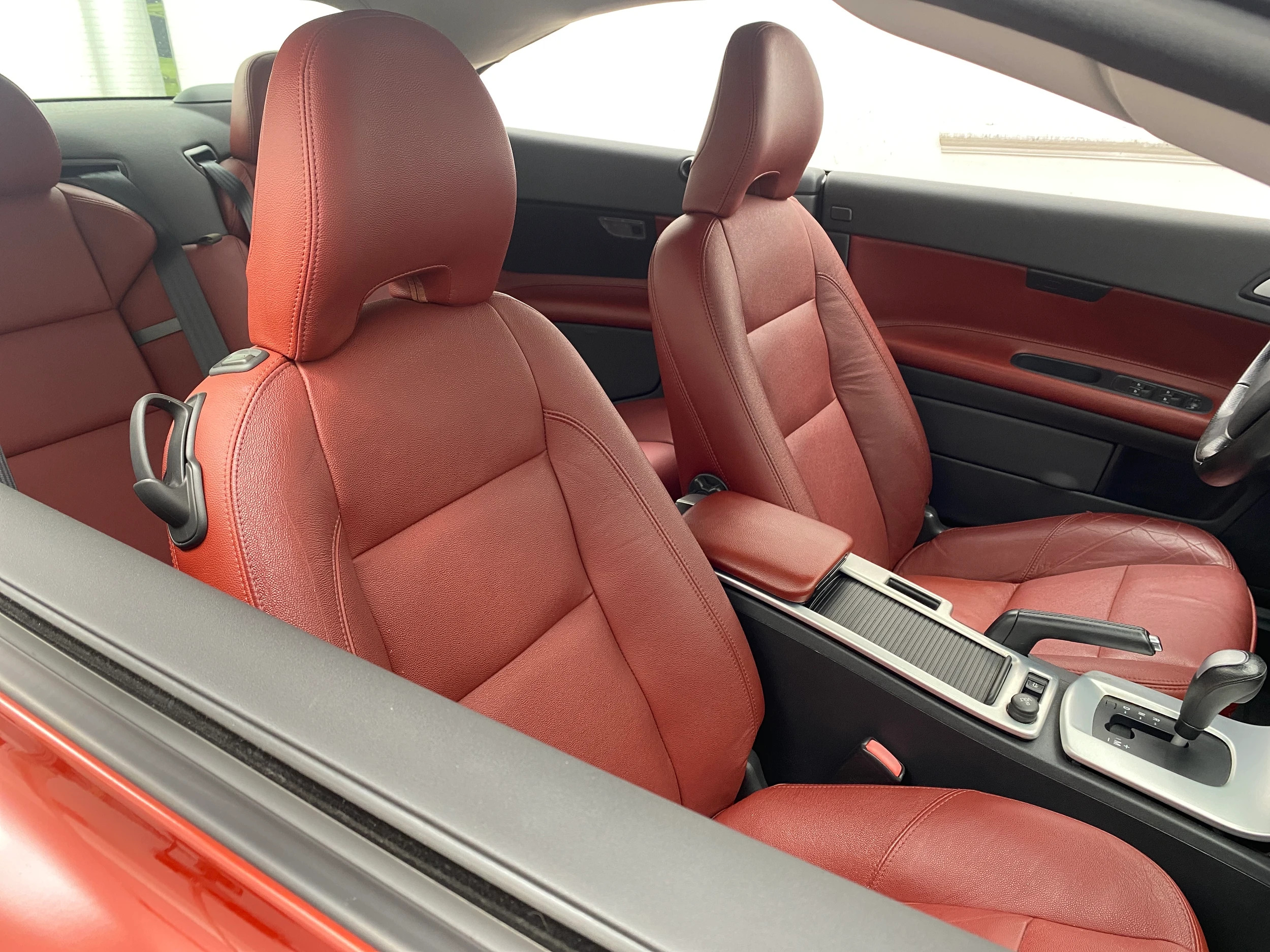

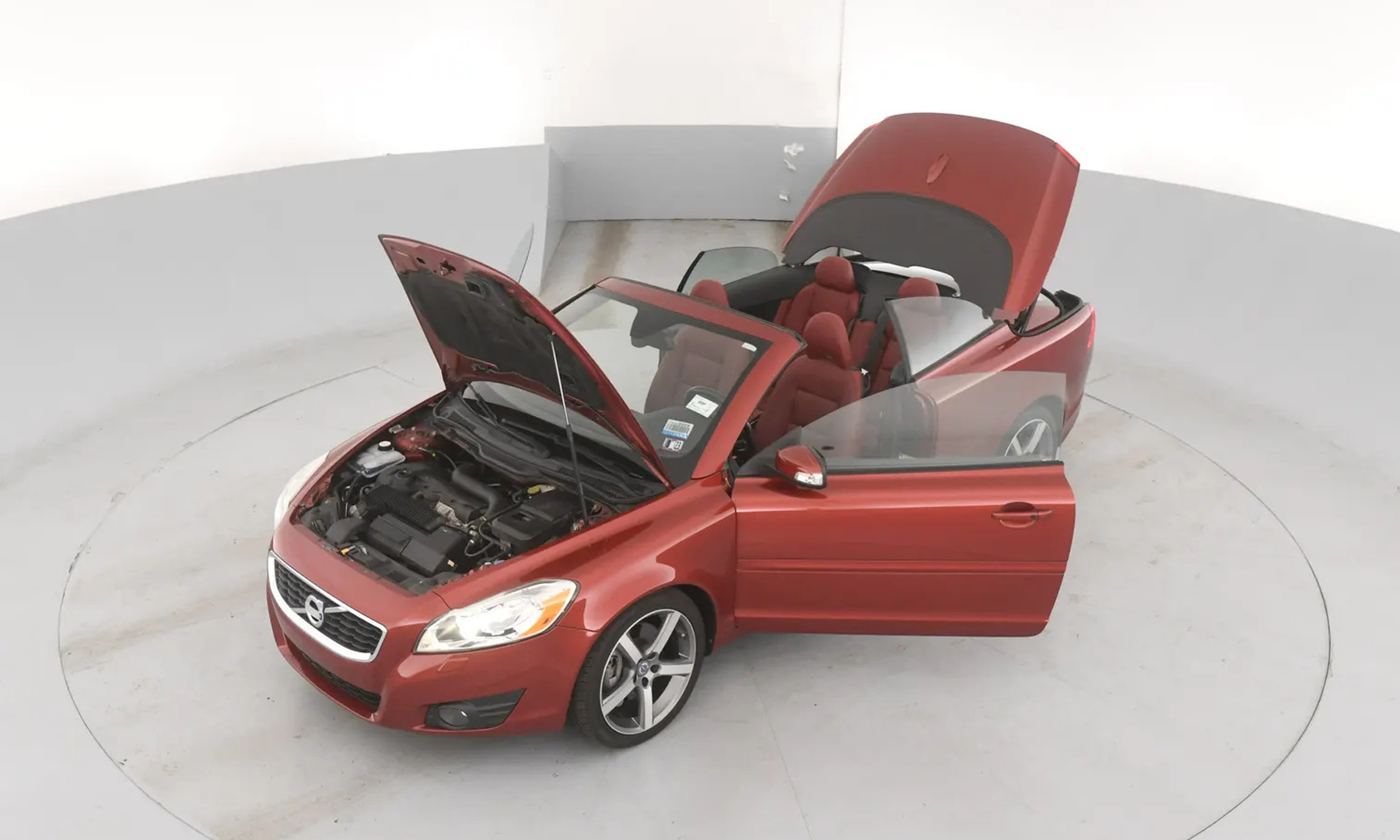


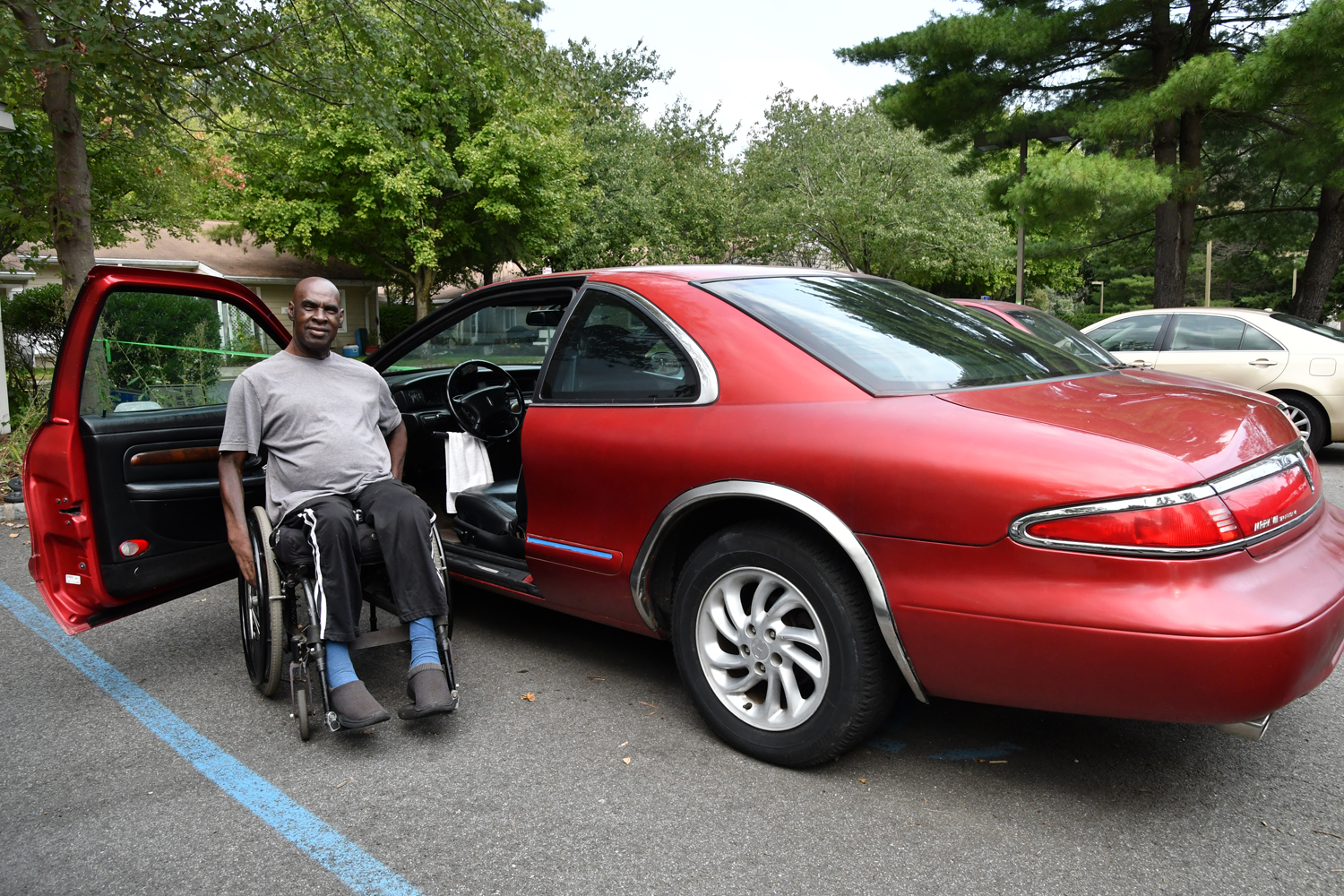

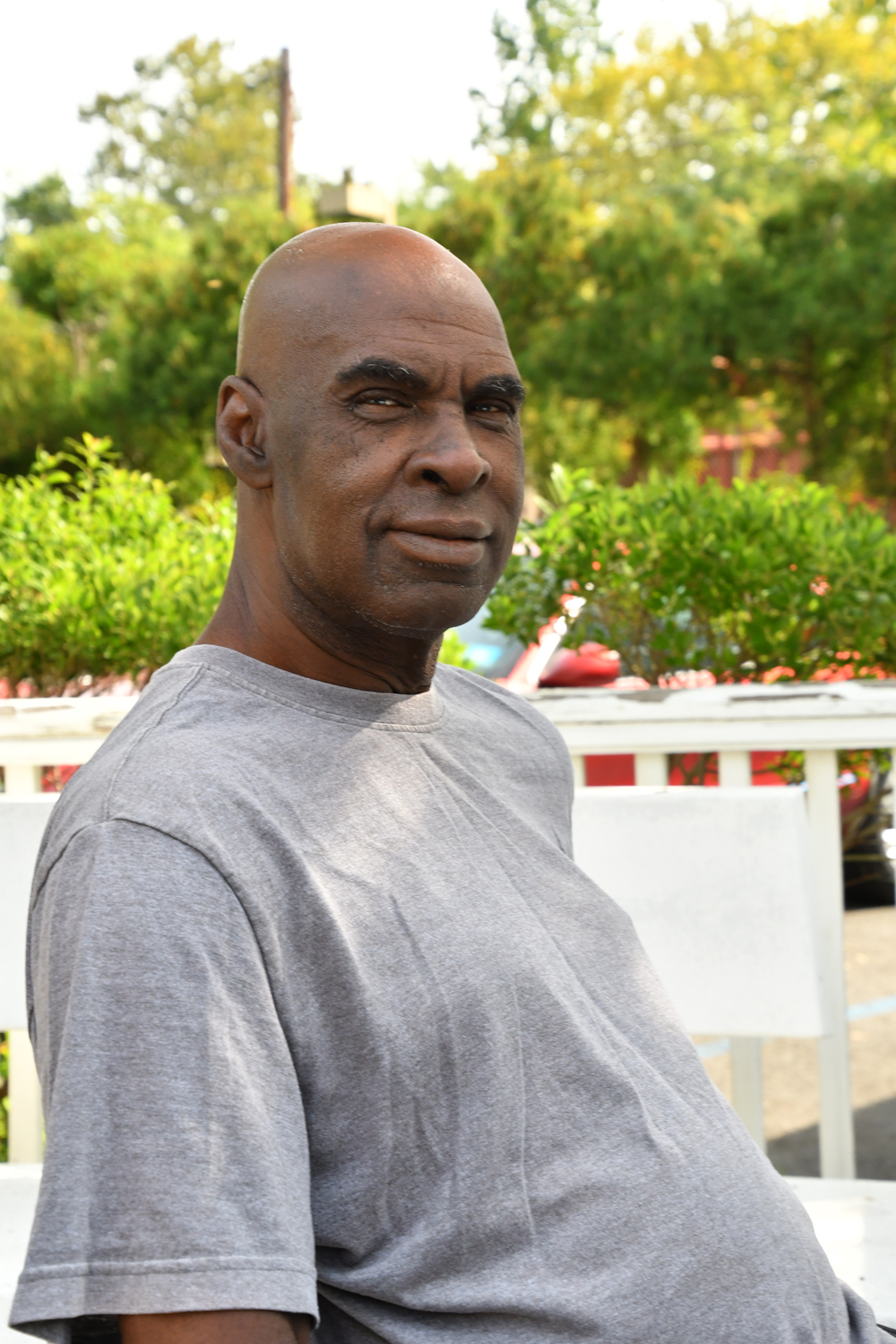
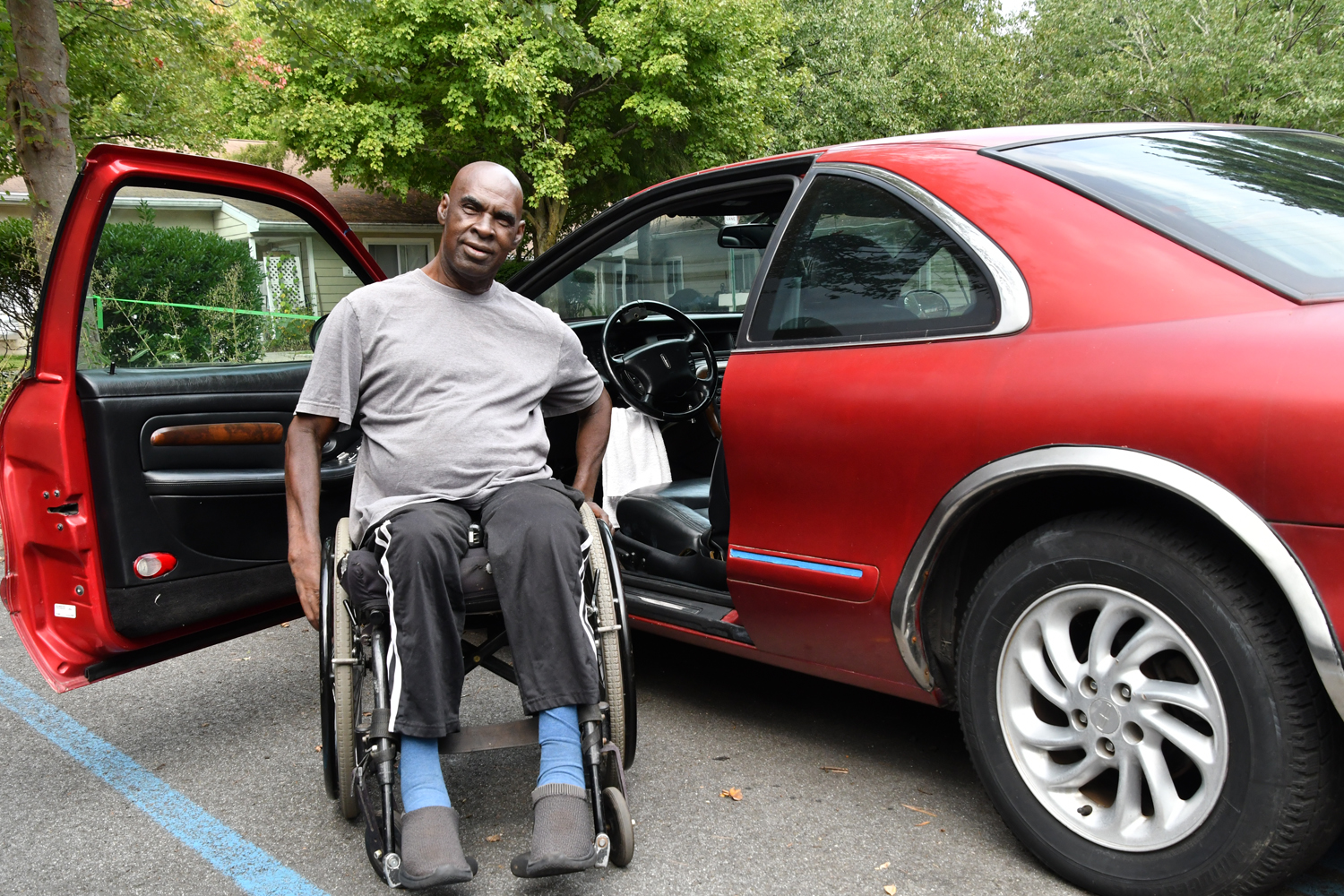
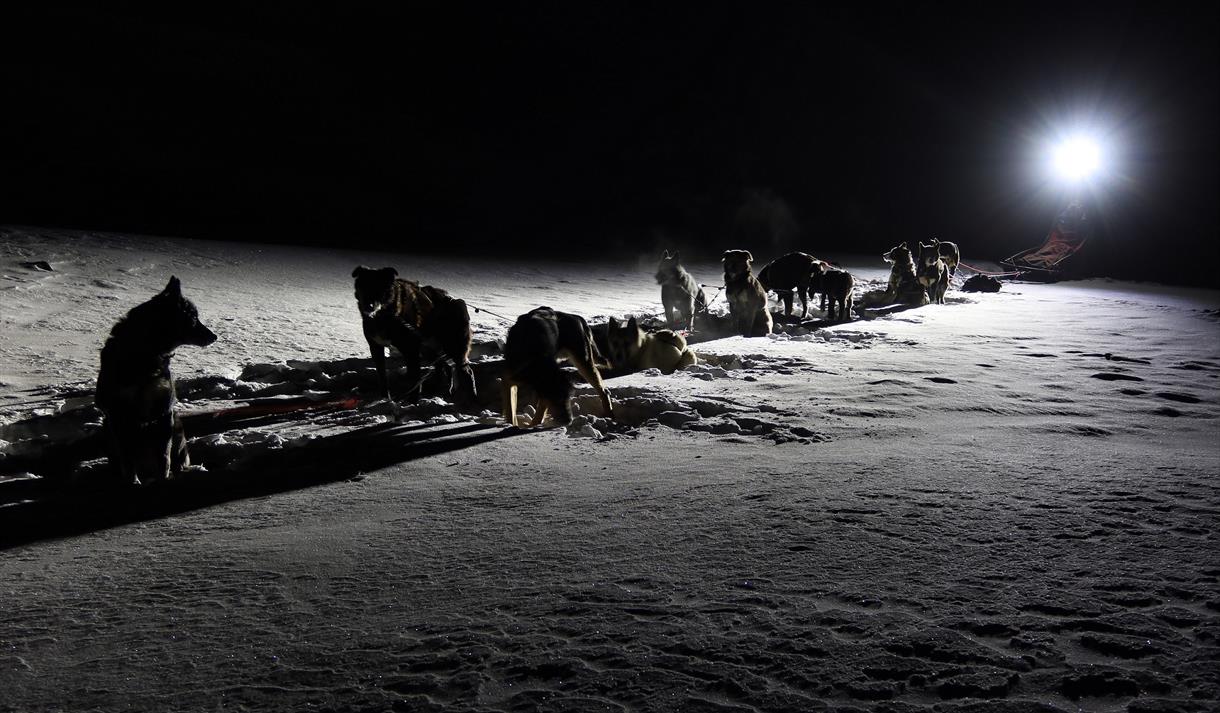
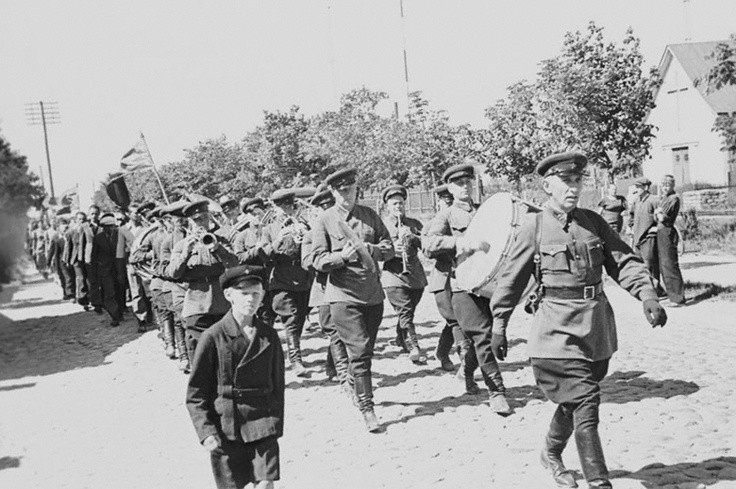
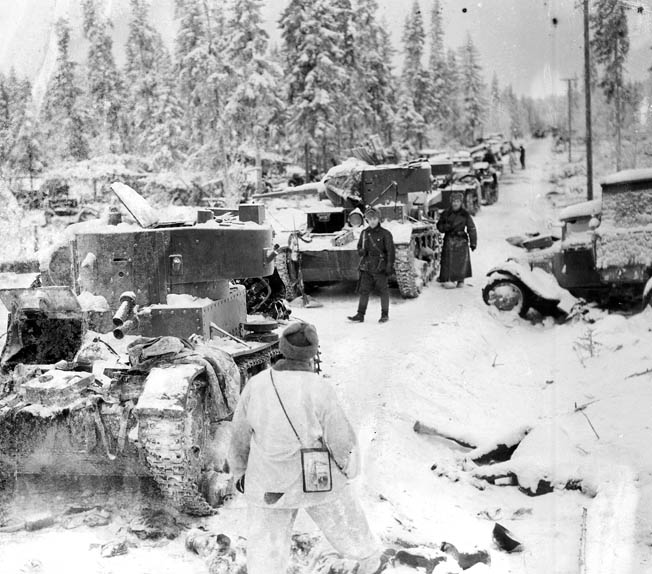
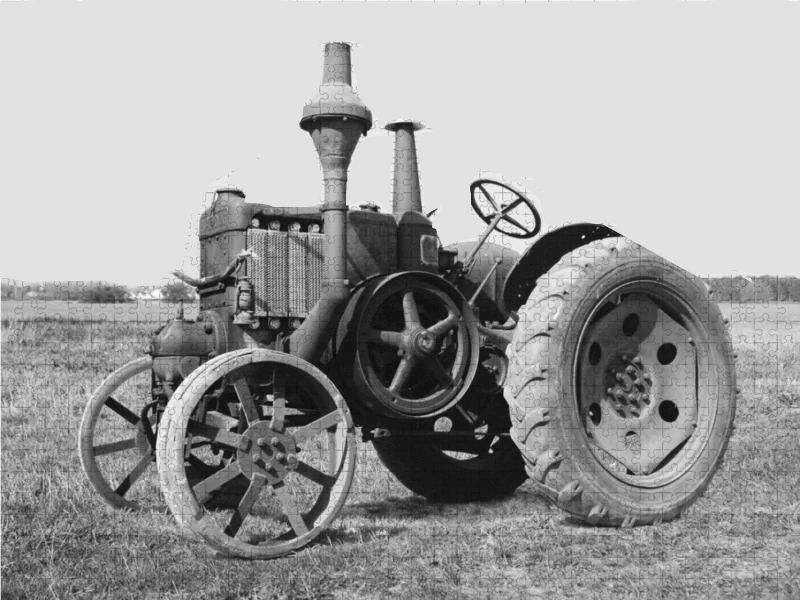

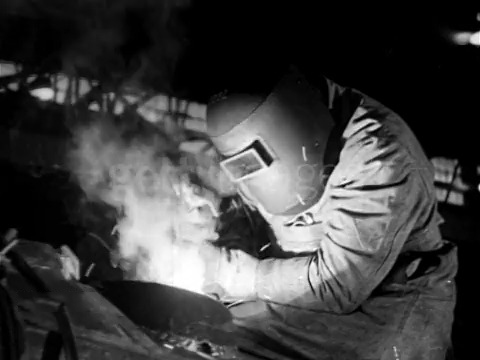
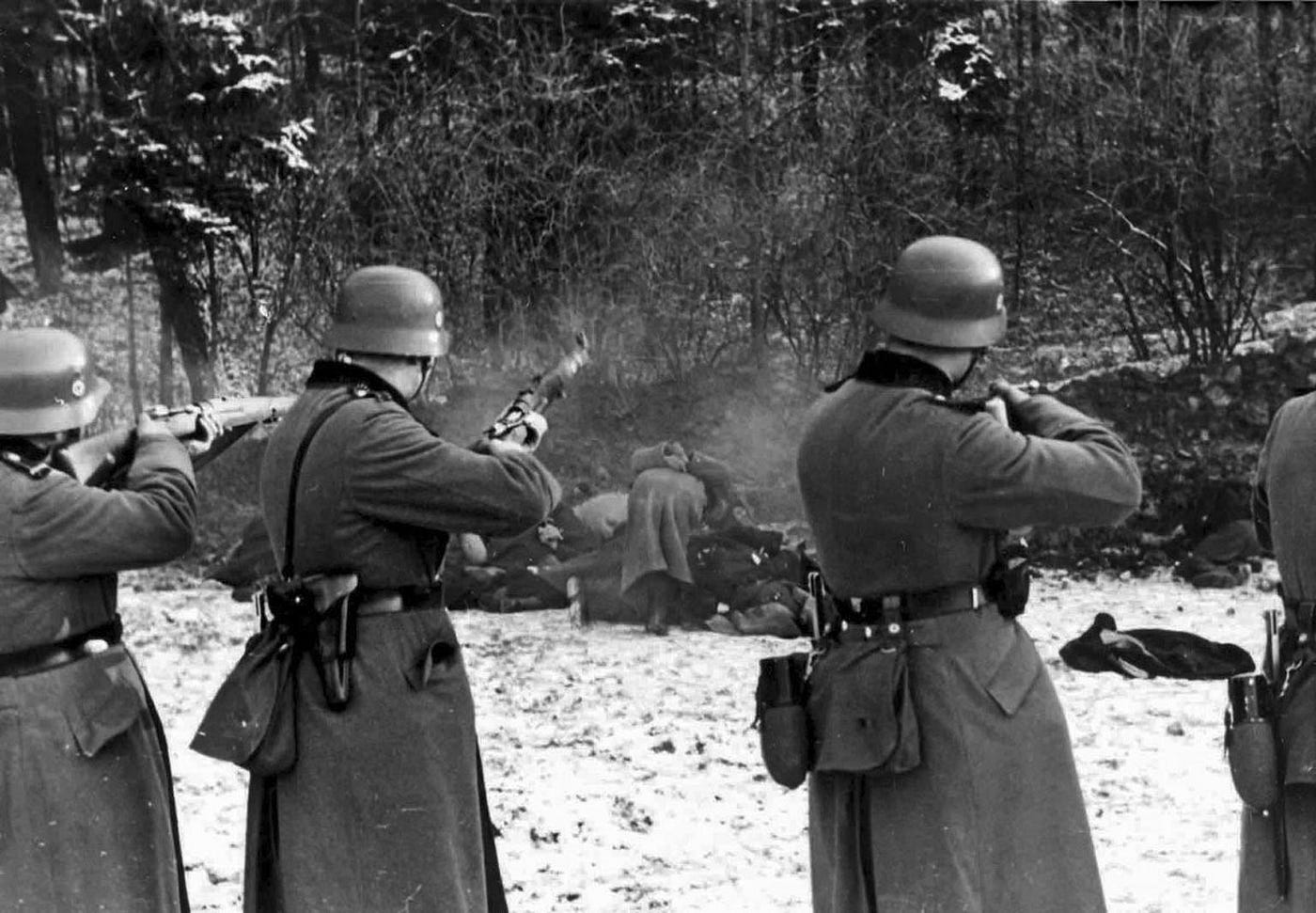
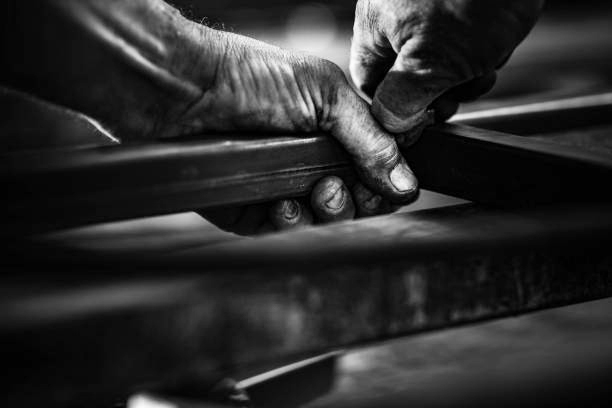
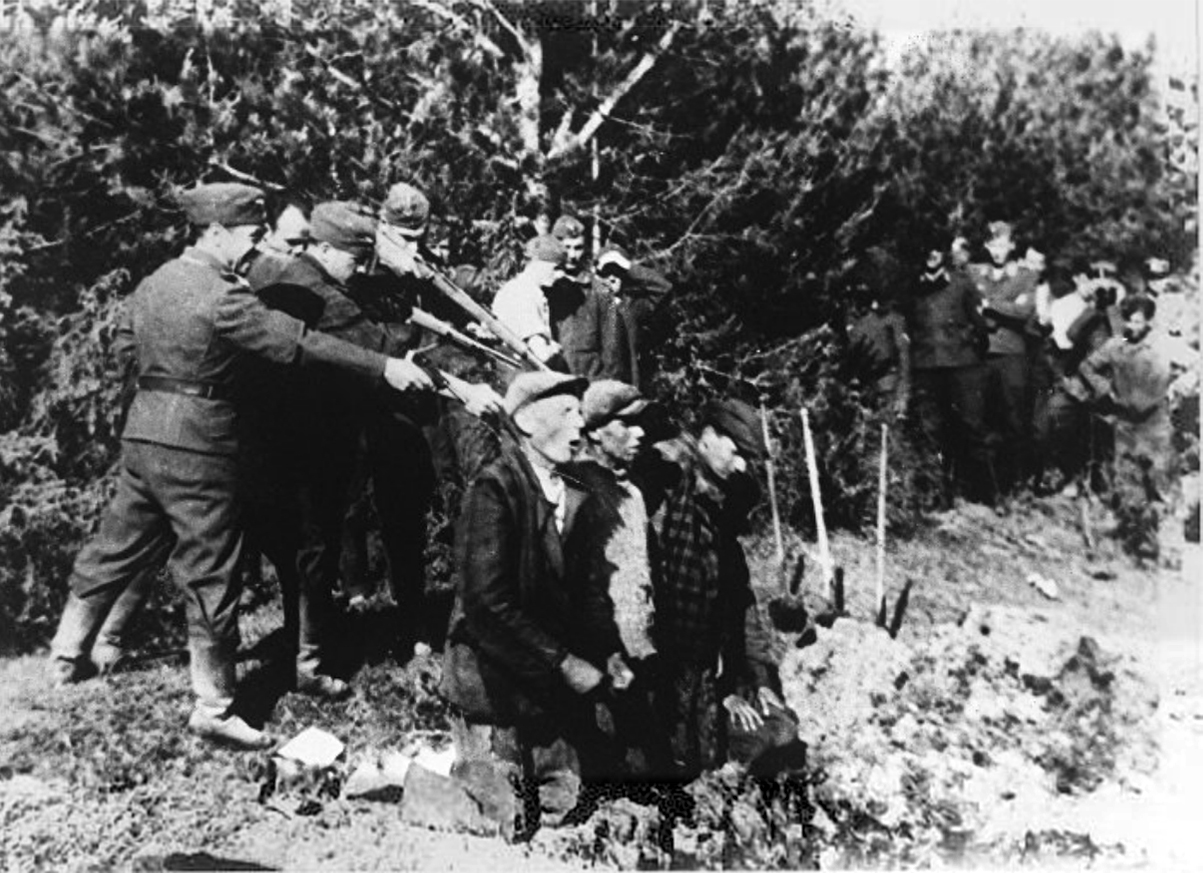
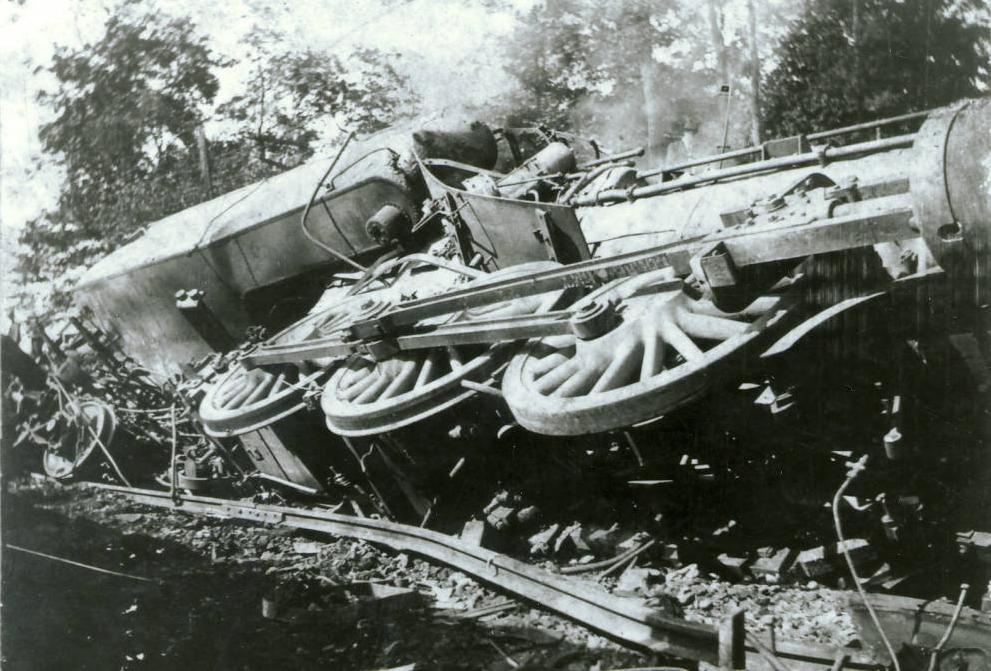

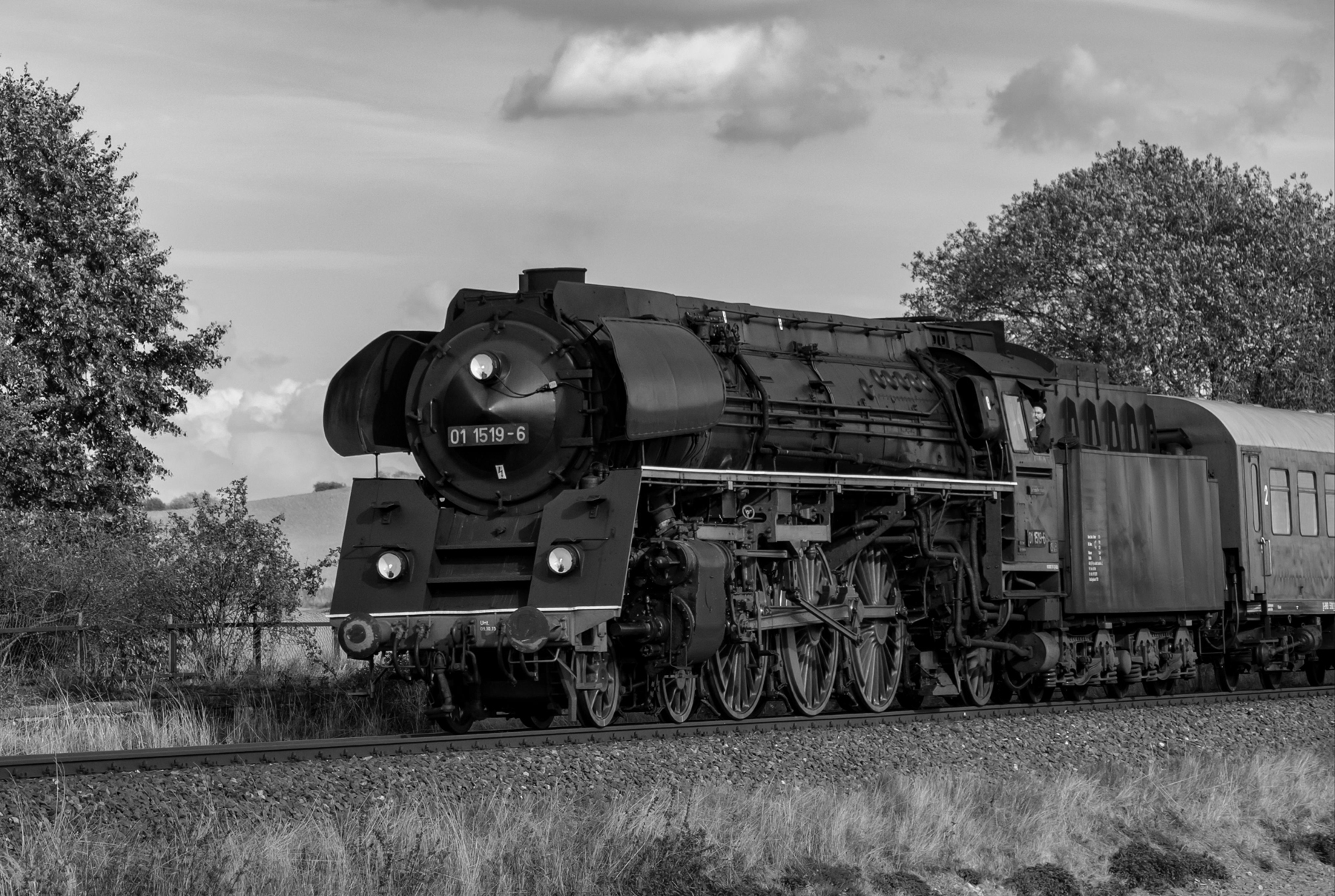
 Unfazed by neither the low quality gas nor questionable driving skills diminished by a heavy dose of Schnapps, Archie raced up the incline to the intersection. Like a speeding avalanche of steel and steam, the dusty black shape to the right grew larger and larger. It would be a close call, but it appeared the Maybach would pass ahead of the onrushing behemoth. Then Archie missed a down shift and the great Maybach shuttered like a fighting bull surrendering its life. Archie attempted to stop to no avail. In locking up the brakes he merely succeeded in teeing up the Maybach for a perfect broadside by the thundering train. Two farmers in a wagon waiting at the crossing for the train to pass recounted seeing the impacted Maybach shed parts with explosive force. Its cruelly contorted body, bent like a horse shoe, clung to the massive locomotive’s cowcatcher as if welded in place. The impact launched all the Nazi guards seated atop the prisoner rail cars with deadly results. The mighty freight train departed the rails creating a domino effect of box cars tossed about like a child’s discarded toys. Rail cars, off the tracks and strewn about with wood and steel still creaking and doors popped open, disgorged themselves of scores of prisoners who fled and melted into the countryside. Only years later would some tell of their miraculous salvation. Both farmers reported four bodies ejected from the open cabriolet. Archimedes Antonescu and the three mechanics had died instantly and with them, so too, the location of the 7th Royale.
Unfazed by neither the low quality gas nor questionable driving skills diminished by a heavy dose of Schnapps, Archie raced up the incline to the intersection. Like a speeding avalanche of steel and steam, the dusty black shape to the right grew larger and larger. It would be a close call, but it appeared the Maybach would pass ahead of the onrushing behemoth. Then Archie missed a down shift and the great Maybach shuttered like a fighting bull surrendering its life. Archie attempted to stop to no avail. In locking up the brakes he merely succeeded in teeing up the Maybach for a perfect broadside by the thundering train. Two farmers in a wagon waiting at the crossing for the train to pass recounted seeing the impacted Maybach shed parts with explosive force. Its cruelly contorted body, bent like a horse shoe, clung to the massive locomotive’s cowcatcher as if welded in place. The impact launched all the Nazi guards seated atop the prisoner rail cars with deadly results. The mighty freight train departed the rails creating a domino effect of box cars tossed about like a child’s discarded toys. Rail cars, off the tracks and strewn about with wood and steel still creaking and doors popped open, disgorged themselves of scores of prisoners who fled and melted into the countryside. Only years later would some tell of their miraculous salvation. Both farmers reported four bodies ejected from the open cabriolet. Archimedes Antonescu and the three mechanics had died instantly and with them, so too, the location of the 7th Royale.
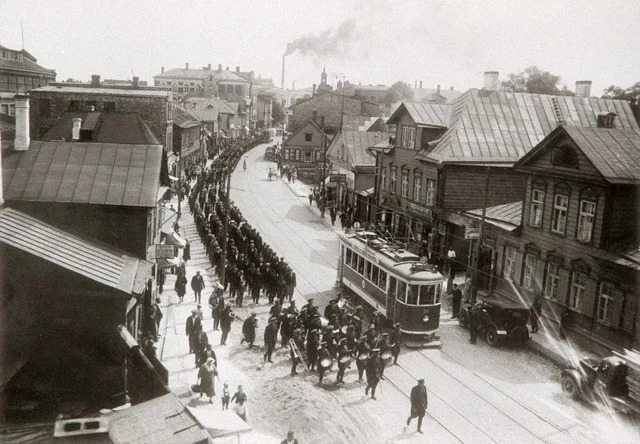
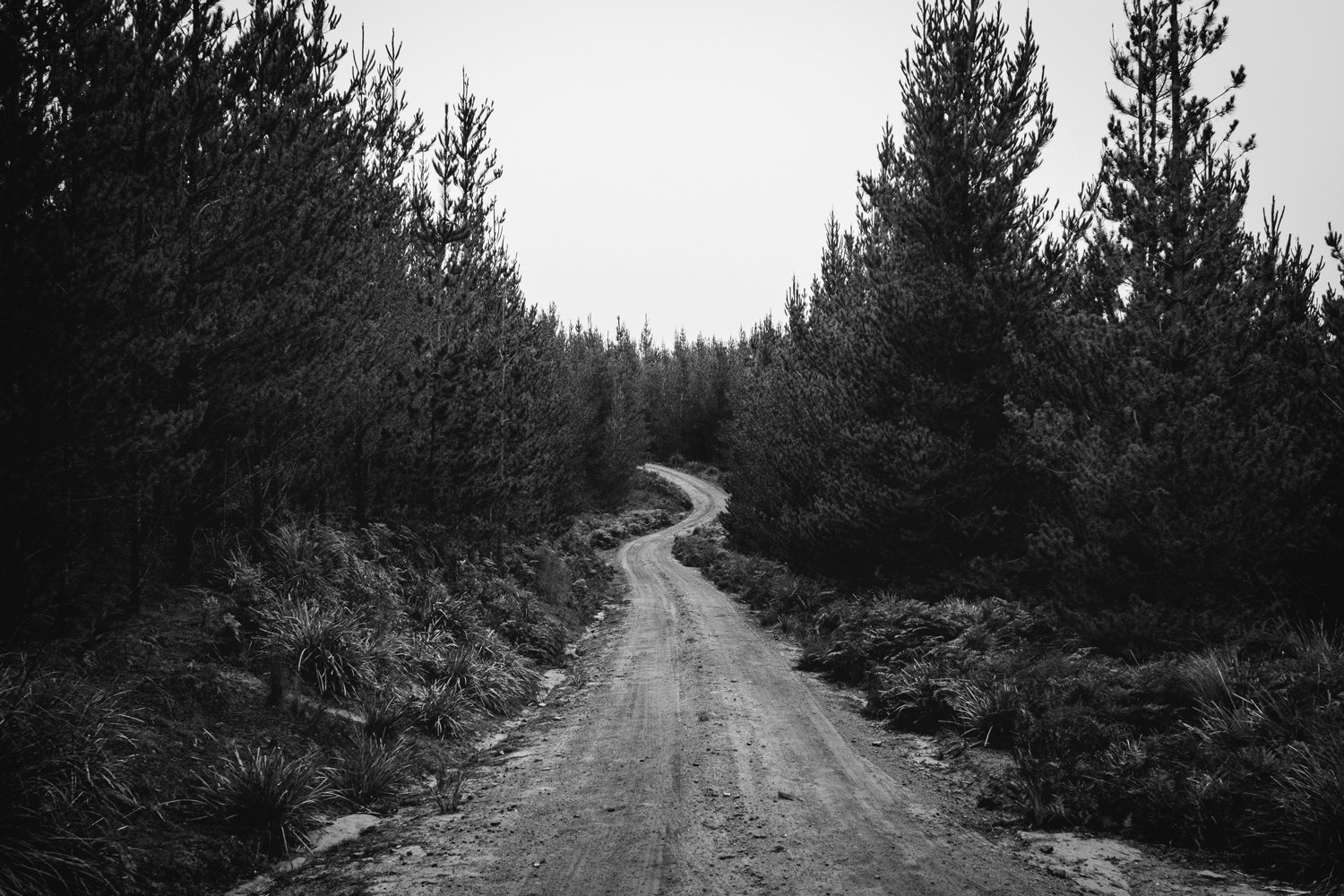
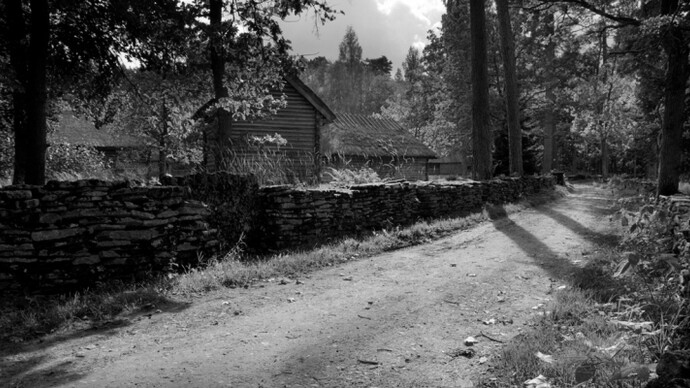
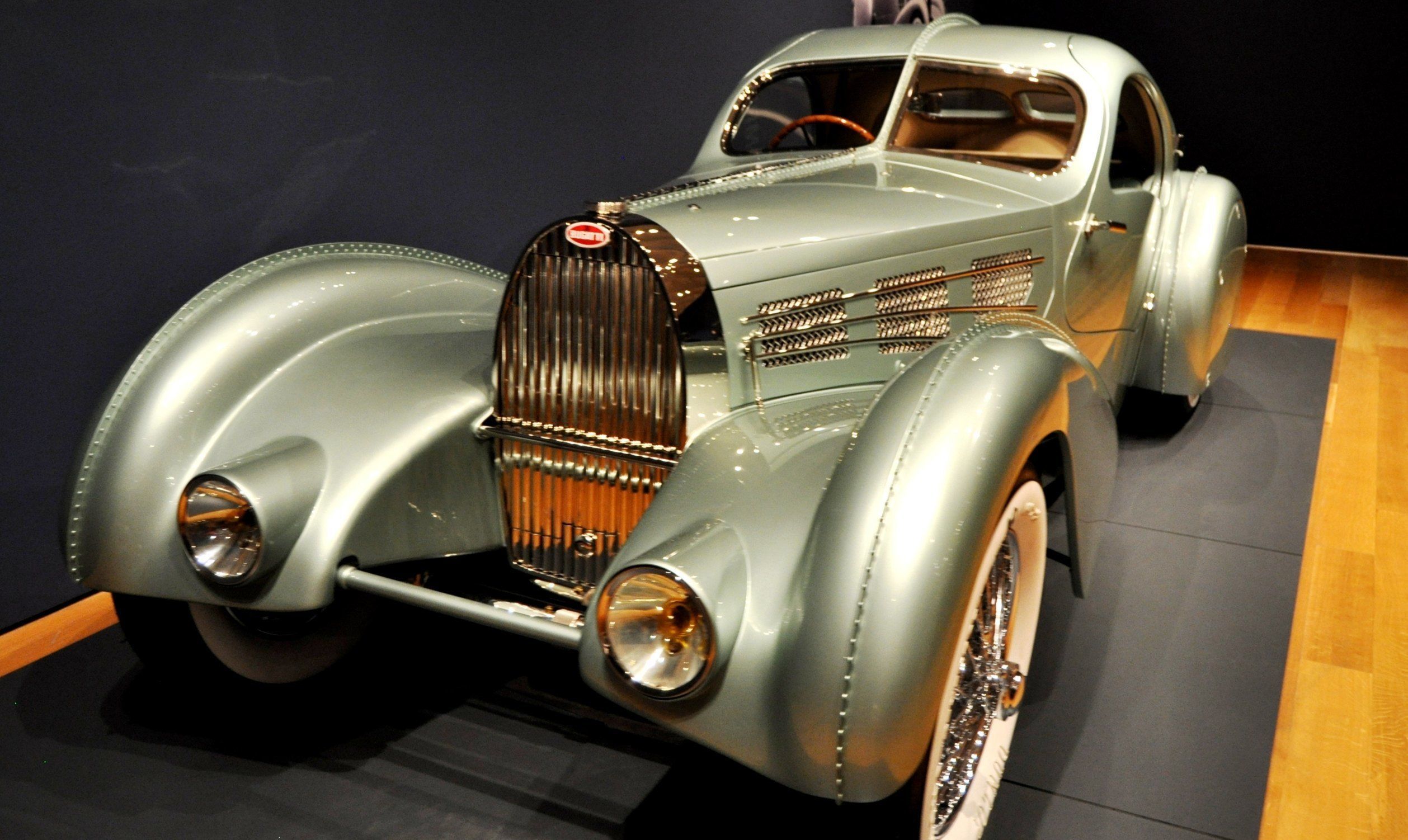
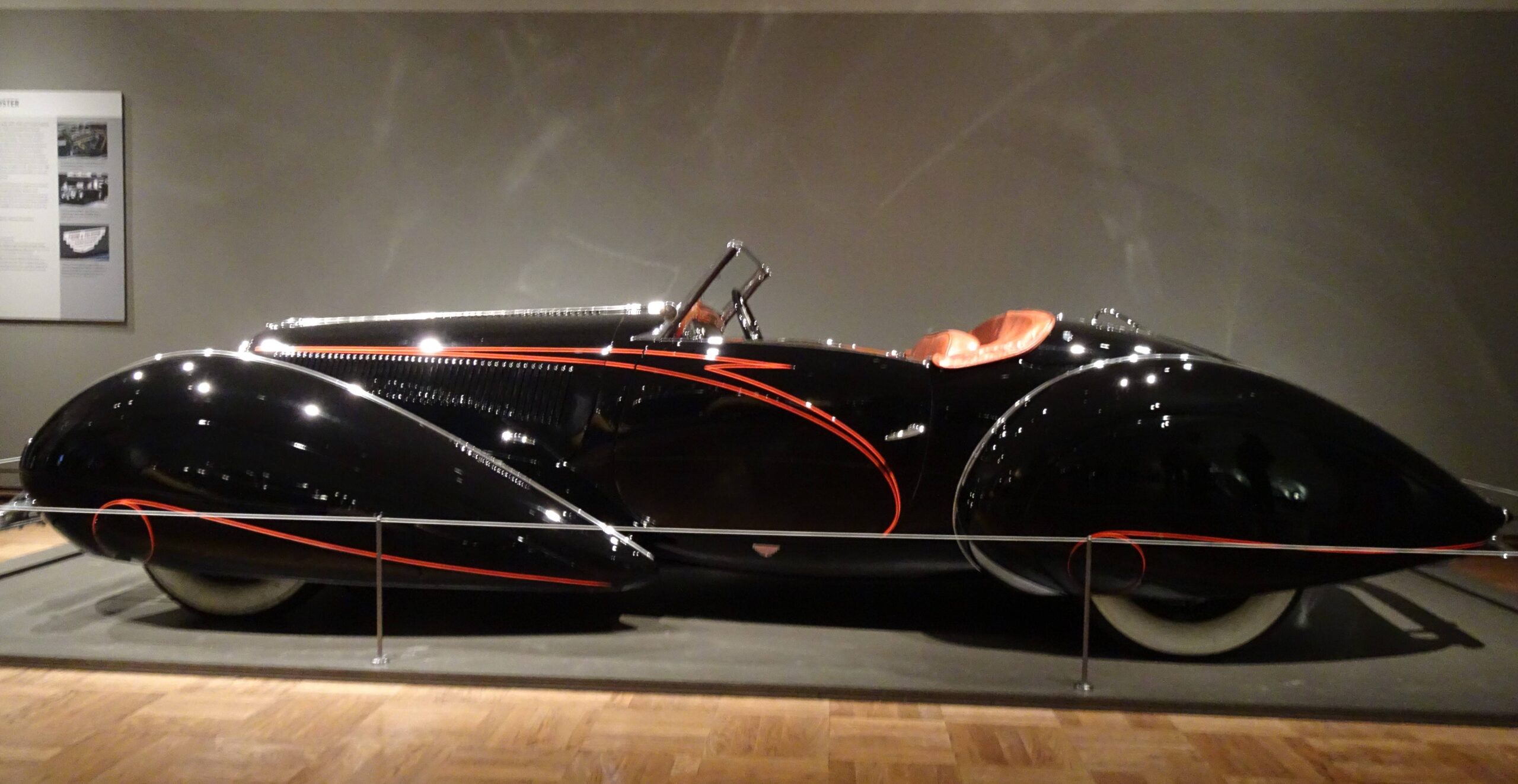
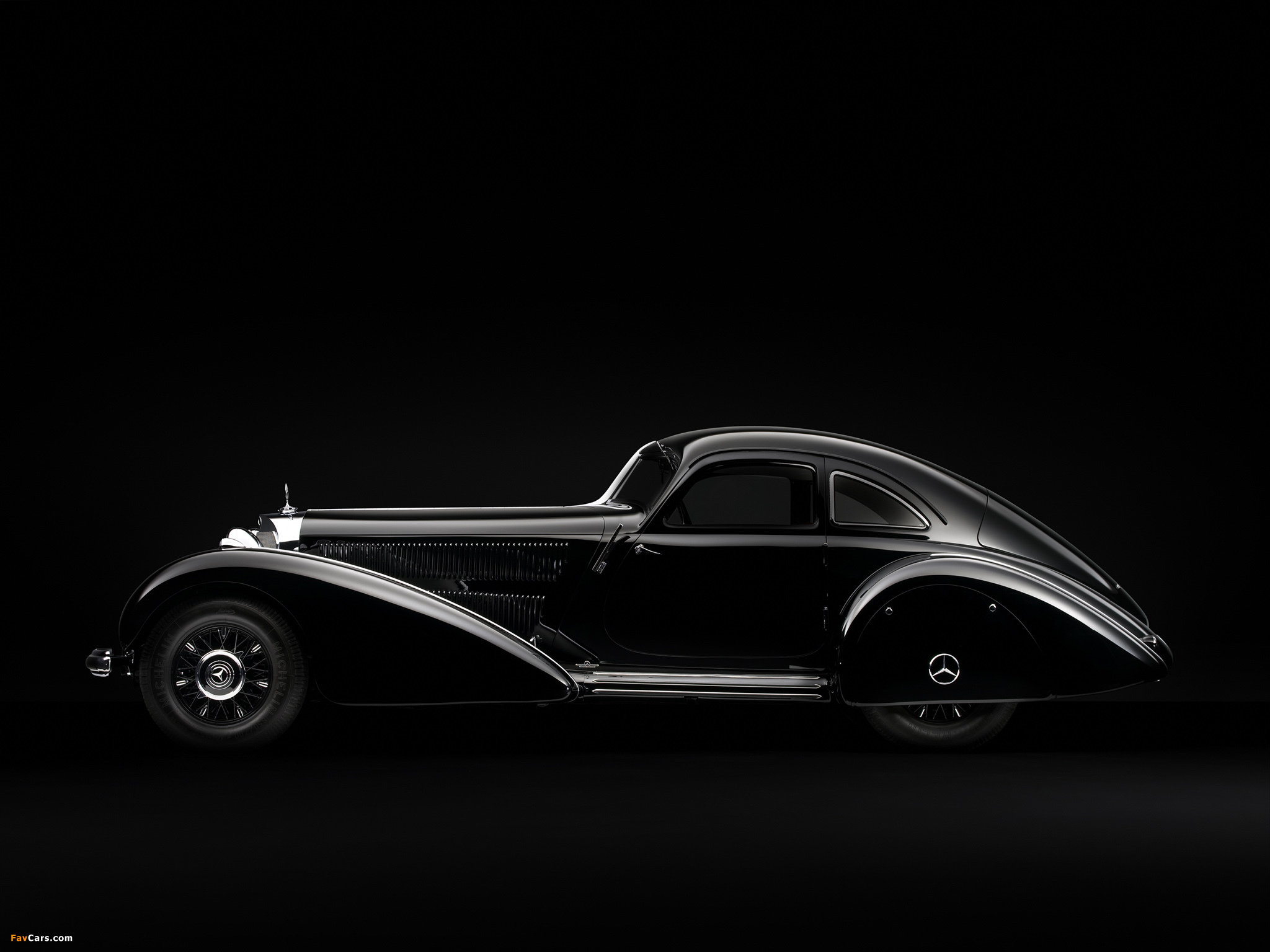
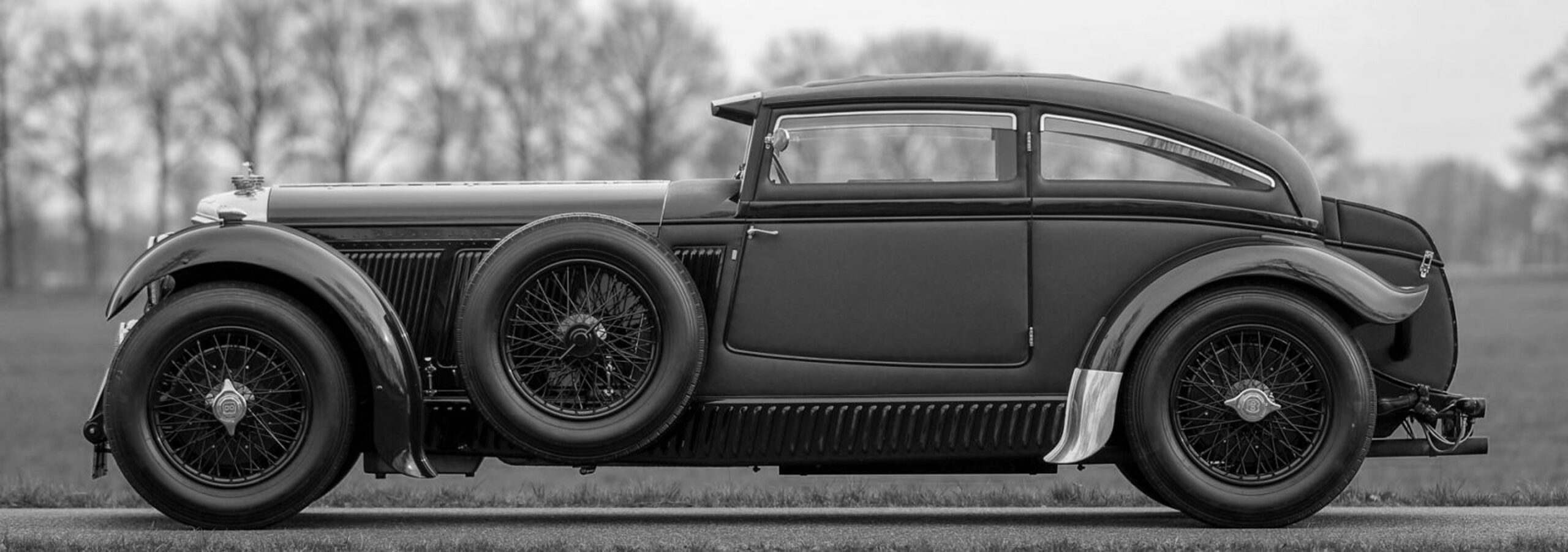
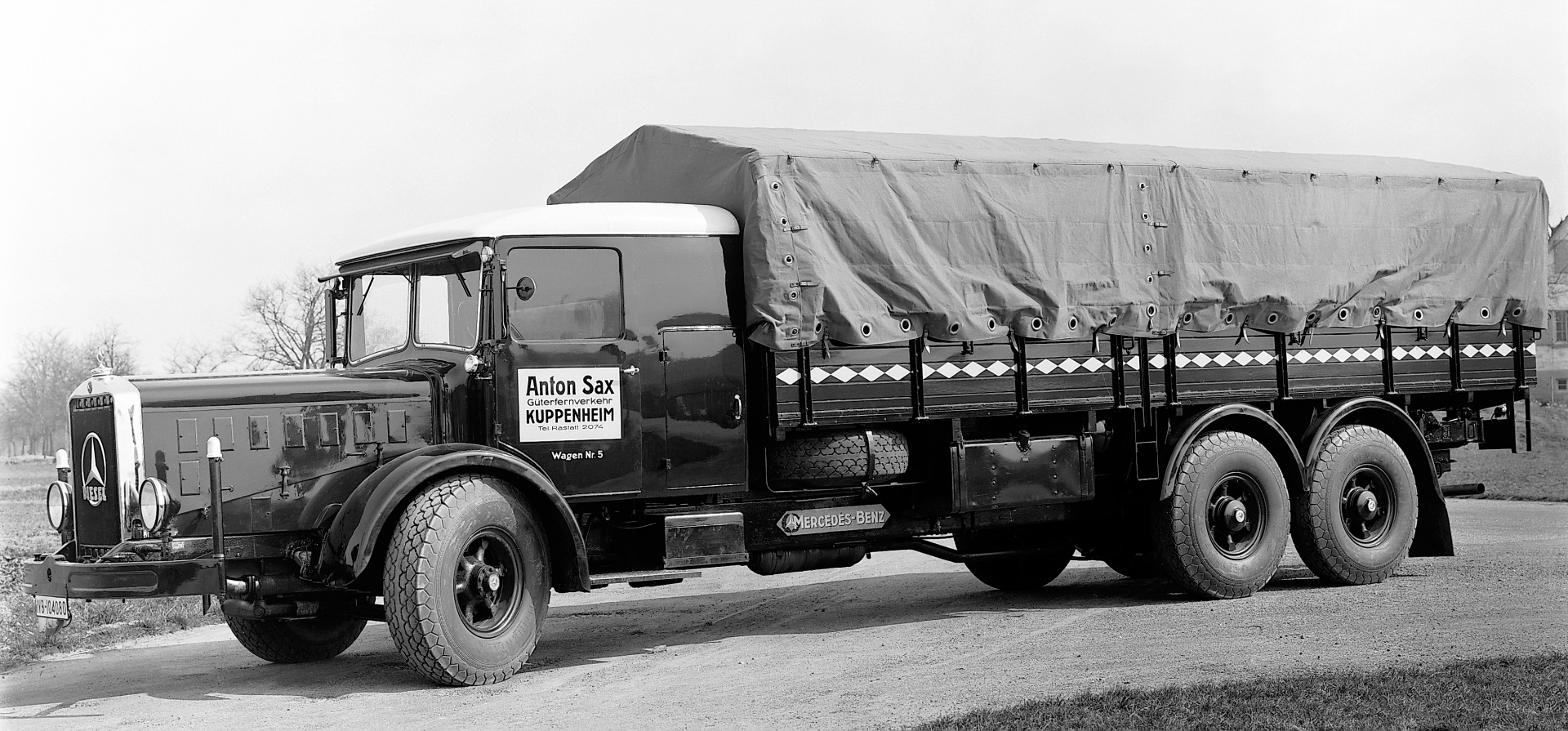
 As for now, Mihkel immersed himself in learning the skills necessary to assemble and command sled dog teams in the brutal Estonian winters. Depending on the load, dog teams could range from six to eight dogs, more if needed. Mihkel had learned how to organize a good sled team. Leader dogs needed to be strong willed, fast and reliable to set the pace for the others to follow. After the leaders came the swing dogs with the responsibility to steer the team around turns and curves. Lastly the wheel dogs, located closest to the sled, possessed the superior strength to pull a sled out from deep snow. Mihkel had selected twelve dogs to train comprised of a mix of Malamutes and Siberian Huskies both male and female. He gave them names that suited their roles. Leaders included Maksim, Arri, Leenart and Aleksandra. His four nimble swing dogs had names of Anna, Laine, Sofia and Leks. Kalju, Markko, Mikk and Keert formed his cadre of powerful wheel dogs. With winter snows coming, training his team had given him both something for which to look forward and a distraction from the chaos that loomed on the horizon. To ensure that with the first decent snow fall he would be ready, Mihkel had been training his team using a wheeled cart. One day Juri offered him a test run. A local fishery had an order for a facility being built deep in the forest probably for the oil shale company. Unfortunately the fishery truck had broken down. Mihkel could deliver it. Mihkel jumped at the chance. He craved a little excitement and loved the idea of working the dogs. On a good surface his team could do 30 kilometers per hour. On rough roads maybe 9 or 10km/h.
As for now, Mihkel immersed himself in learning the skills necessary to assemble and command sled dog teams in the brutal Estonian winters. Depending on the load, dog teams could range from six to eight dogs, more if needed. Mihkel had learned how to organize a good sled team. Leader dogs needed to be strong willed, fast and reliable to set the pace for the others to follow. After the leaders came the swing dogs with the responsibility to steer the team around turns and curves. Lastly the wheel dogs, located closest to the sled, possessed the superior strength to pull a sled out from deep snow. Mihkel had selected twelve dogs to train comprised of a mix of Malamutes and Siberian Huskies both male and female. He gave them names that suited their roles. Leaders included Maksim, Arri, Leenart and Aleksandra. His four nimble swing dogs had names of Anna, Laine, Sofia and Leks. Kalju, Markko, Mikk and Keert formed his cadre of powerful wheel dogs. With winter snows coming, training his team had given him both something for which to look forward and a distraction from the chaos that loomed on the horizon. To ensure that with the first decent snow fall he would be ready, Mihkel had been training his team using a wheeled cart. One day Juri offered him a test run. A local fishery had an order for a facility being built deep in the forest probably for the oil shale company. Unfortunately the fishery truck had broken down. Mihkel could deliver it. Mihkel jumped at the chance. He craved a little excitement and loved the idea of working the dogs. On a good surface his team could do 30 kilometers per hour. On rough roads maybe 9 or 10km/h.